How are you today?
No colds? I am still enjoying mine 😉
But let me take you to Glasgow. We took the train from Edinburgh, which was quite easy, a train every 15 minutes. The trip only took forty five minutes and guided us through the undulating countryside of Scotland.
Susan, our dear Scottish friend we met in Puglia, was waiting for us at the station. We drove through the city to get a first impression – all positive! – and then had lunch, tea and carrot cake and mainly caught up with each others’ life stories. In the evening Susan took us to a great Asian restaurant Opium. We didn’t need to choose–Chef Trevor just made us an elaborate choice of dishes, all delicious! Not only was the food lovely, but Susan had brought her friends and we laughed a lot. They asked how we enjoyed Edinburgh, and we told them the people were so kind up there. We immediately got the response that people from Glasgow are far nicer. We agreed! There is definitely some competition between those two cities.
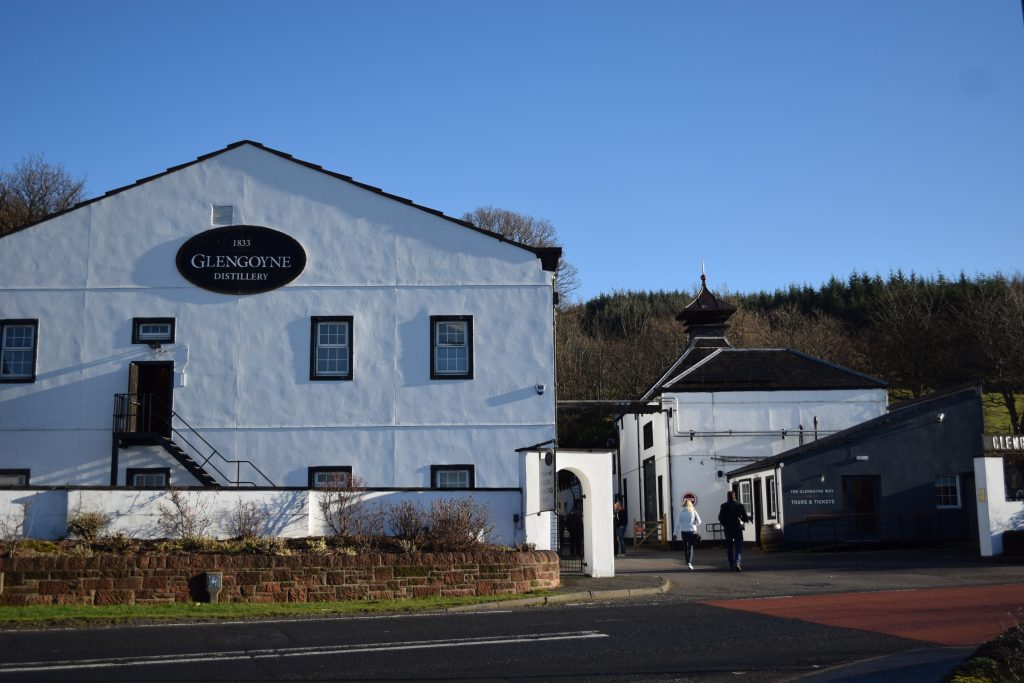
The next morning, we were very lucky again: a clear blue sky. Susan drove us to a whiskey distillery, Glengoyne, just 14 miles north of Glasgow, on the scenic A81. Entering the buildings I had the impression that the mere fumes were already making me drunk. (This might, however, have been the long term effects from the night before). The guide was very talkative and knew the whiskey making process by heart. I only frowned at her explanation that we couldn’t take photos because our phones might explode. I couldn’t take my camera out either. What I have remembered most from the process: patience is essential.
Our progress is measured not in years or decades – but in centuries.
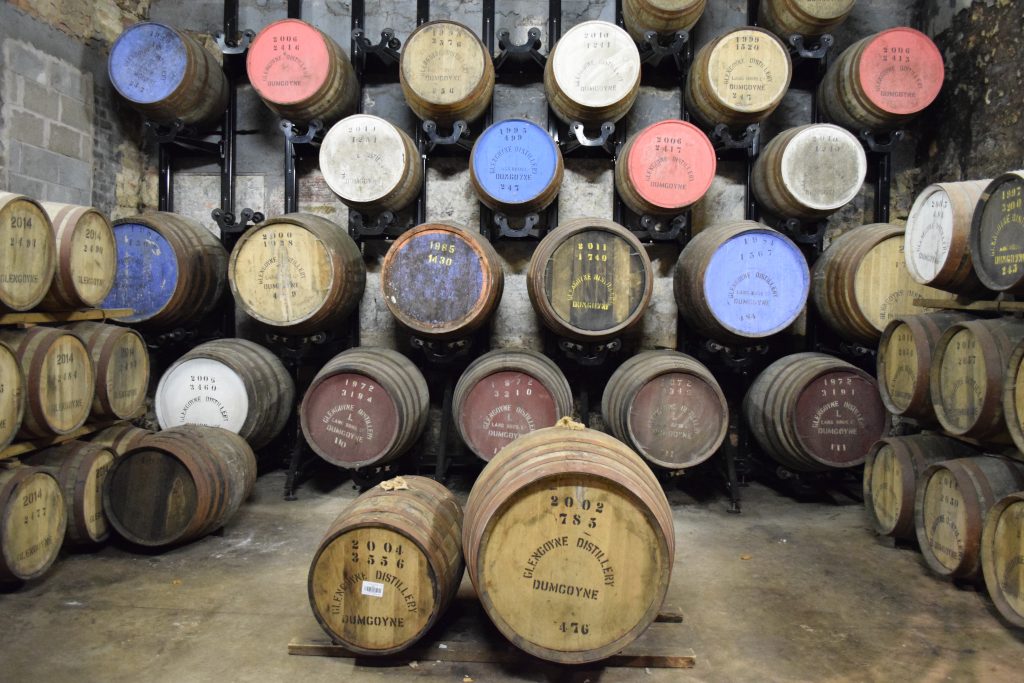 The part I loved most was the problem of the evaporation, once the whiskey got in the barrels. Depending on the quality and taste you want to obtain at the end, the whiskey stays in the casks for many years. But a big part disappears, because of “The Angels Share”: they blame the angels, who drink it at night. So in Scottish heaven you find the happiest angels ever!
The part I loved most was the problem of the evaporation, once the whiskey got in the barrels. Depending on the quality and taste you want to obtain at the end, the whiskey stays in the casks for many years. But a big part disappears, because of “The Angels Share”: they blame the angels, who drink it at night. So in Scottish heaven you find the happiest angels ever!
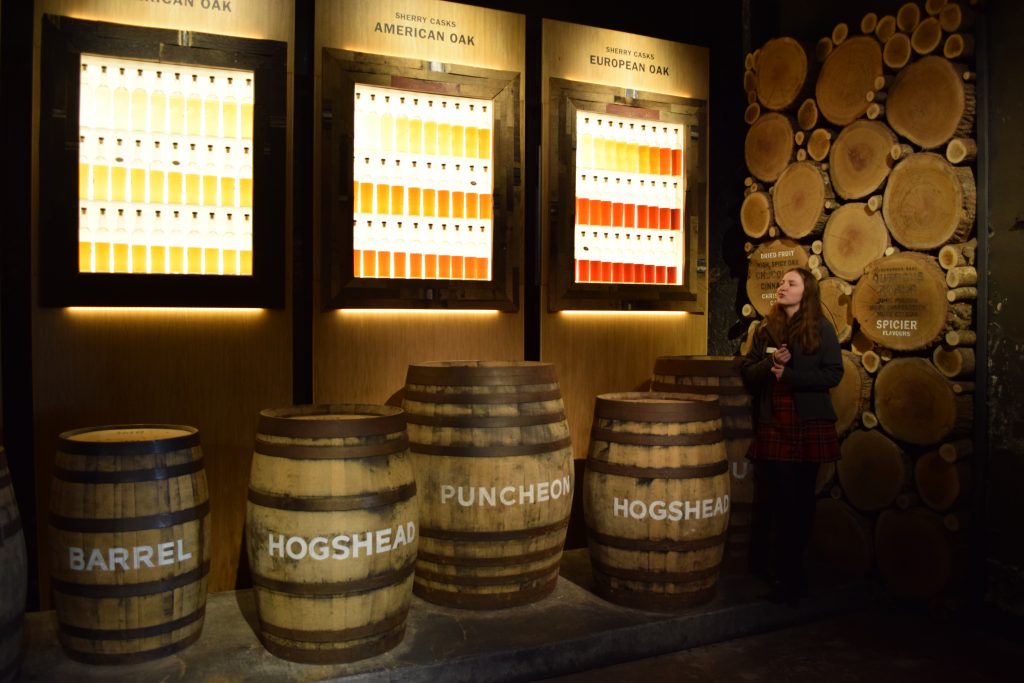 In the photo here you also see the different colors the whiskey gets, and how the level diminishes over the years (that’s to show how much you lose):
In the photo here you also see the different colors the whiskey gets, and how the level diminishes over the years (that’s to show how much you lose):
There are two ways to give whiskey a rich, appealing color. One is absurdly time-consuming and expensive. The other is easy: add a few drops of caramel at bottling. We choose the harder path.We start by selecting our own oak from the forests of northern Spain. We then insist it is dried naturally by sun and air for three years. When it’s ready, each hand-built cask is filled with sherry in Jerez, and left to absorb its rich color and flavors for up to three years. Only then are the casks ready to be emptied and delivered to our Highland distillery – some six years after they started their journey. These casks are then filled and over the next 10, 15, 18 years, the clear spirit takes on the rich gold, amber and copper tones naturally from the wood.
After a little tasting, we were on the road again. The wrong side of the road ;-), I could not get used to this. If I ever need to drive on UK or South-African roads, beware! We stopped at a loch to have a coffee.
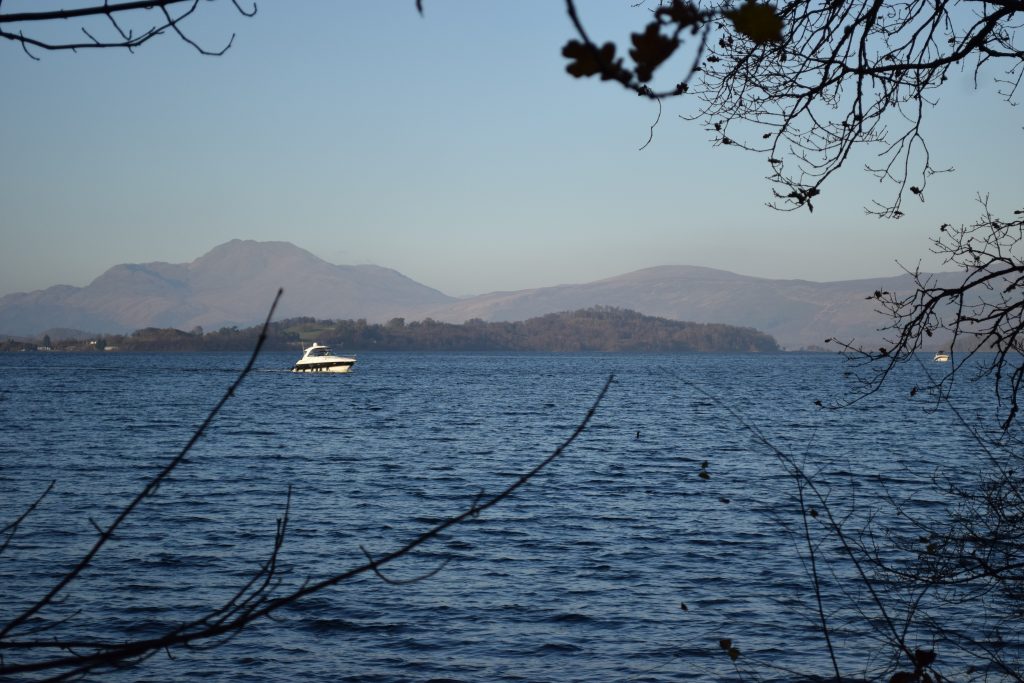
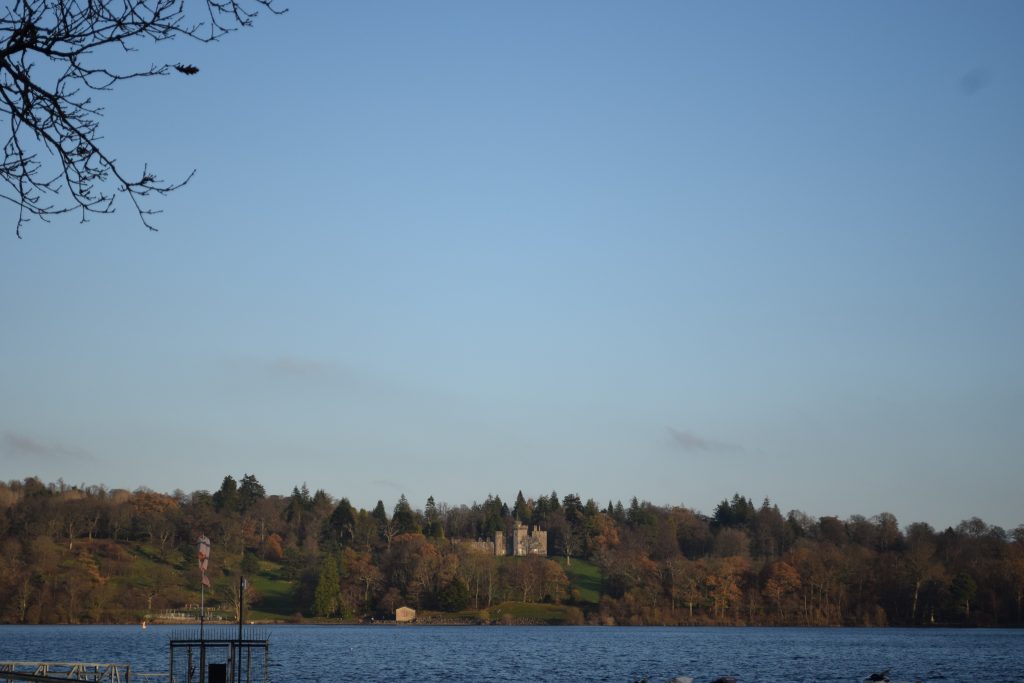 A few stops along the road.
A few stops along the road.
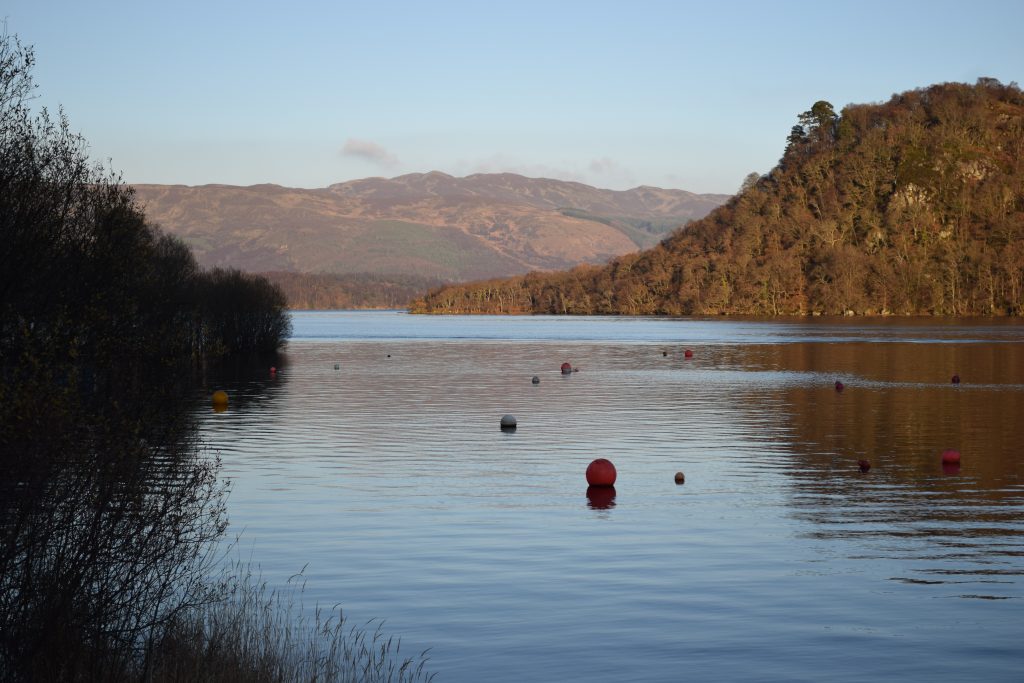
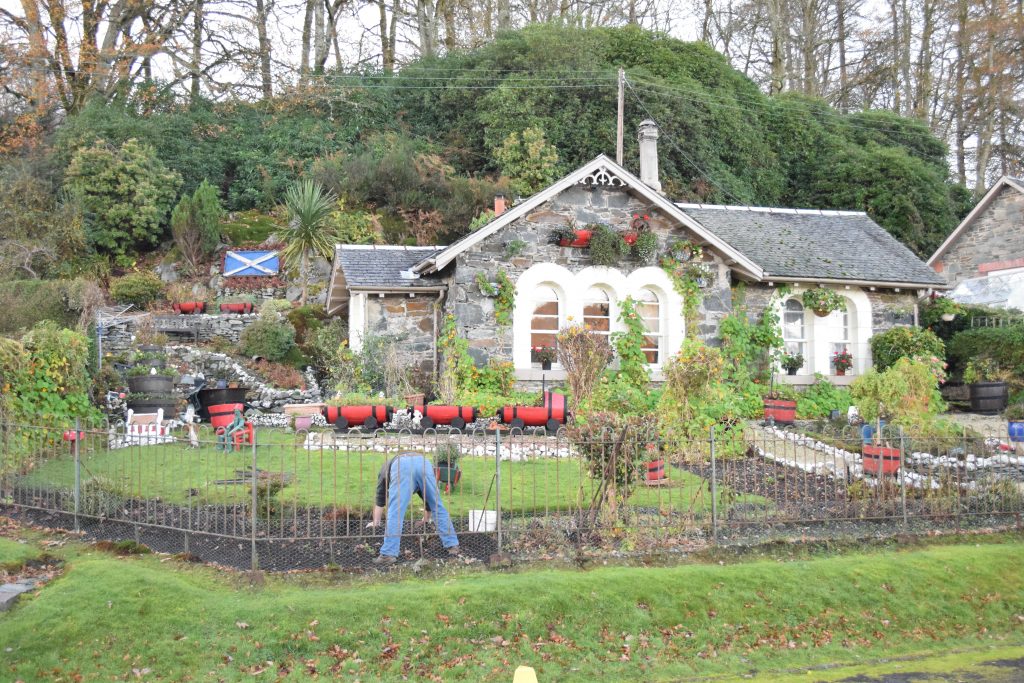 And when it was nearing dark, we were very lucky we could still enter the Loch Fyne Oyster Bar. which closed at four pm. So we had a marvelous late lunch or early dinner: mussels from the Loch and a spicy scallop pasta.
And when it was nearing dark, we were very lucky we could still enter the Loch Fyne Oyster Bar. which closed at four pm. So we had a marvelous late lunch or early dinner: mussels from the Loch and a spicy scallop pasta.
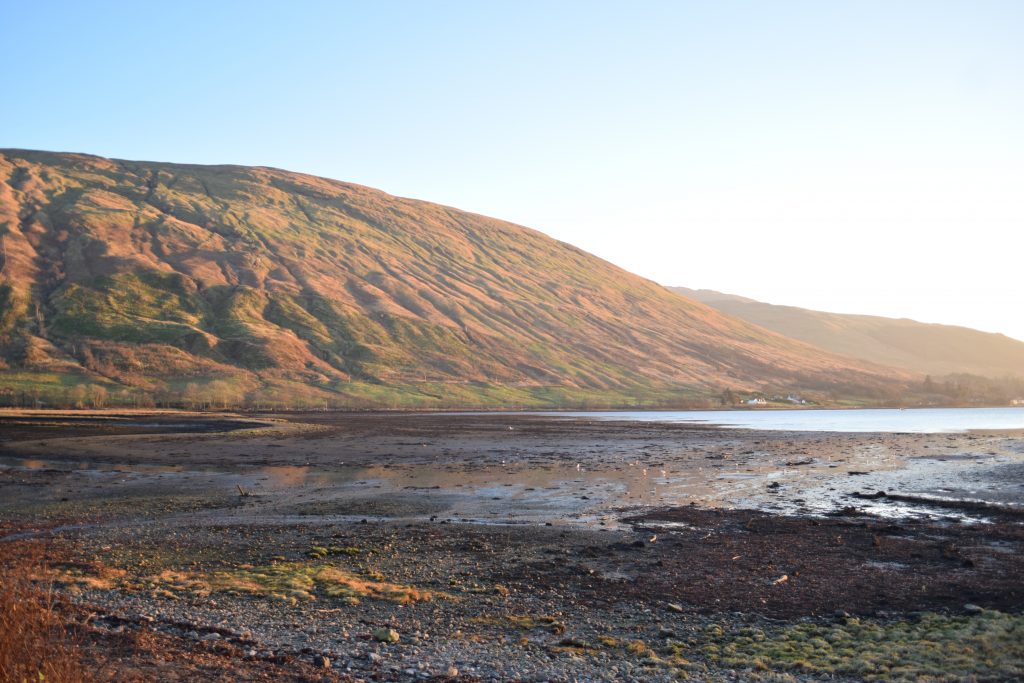
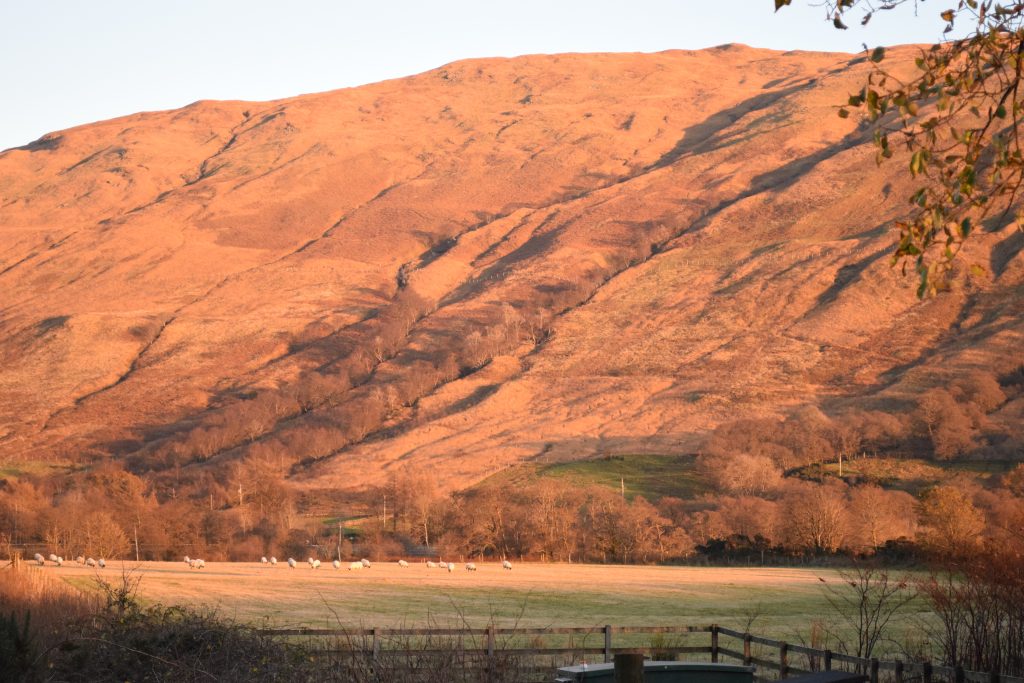
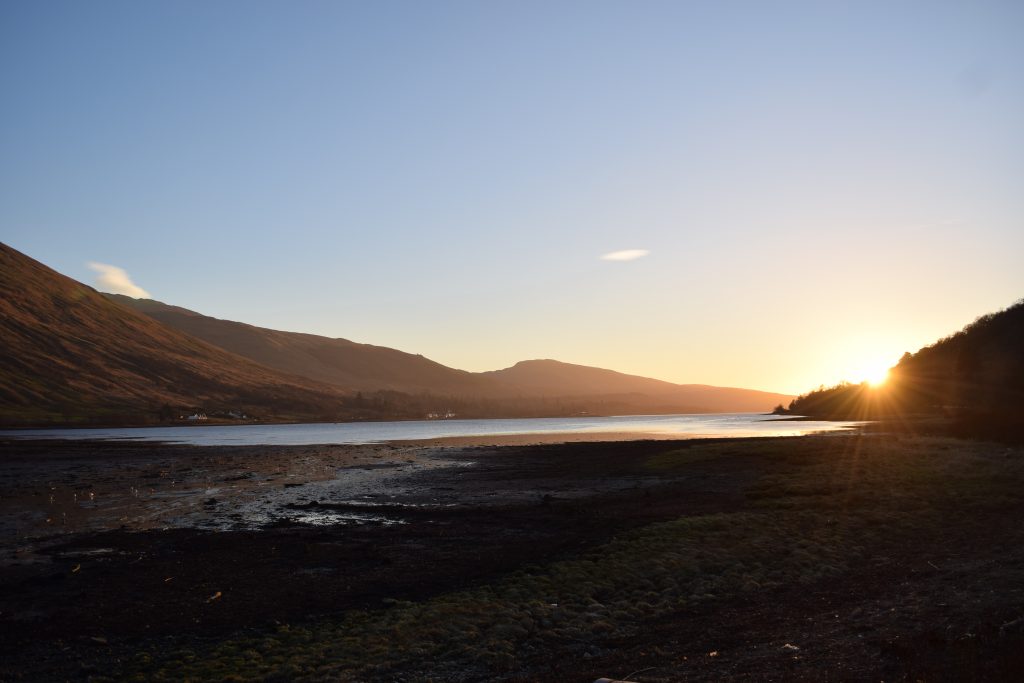
Our last day, Monday, we started with an elaborate breakfast – fresh scones, my favorite – at patisserie Françoise. It was a typical grayish day. We walked through the walls of the University, had a quick chat at the reception desk. Maybe Youngest will finish his studies here. But he first needs to learn a wee Scottish though.

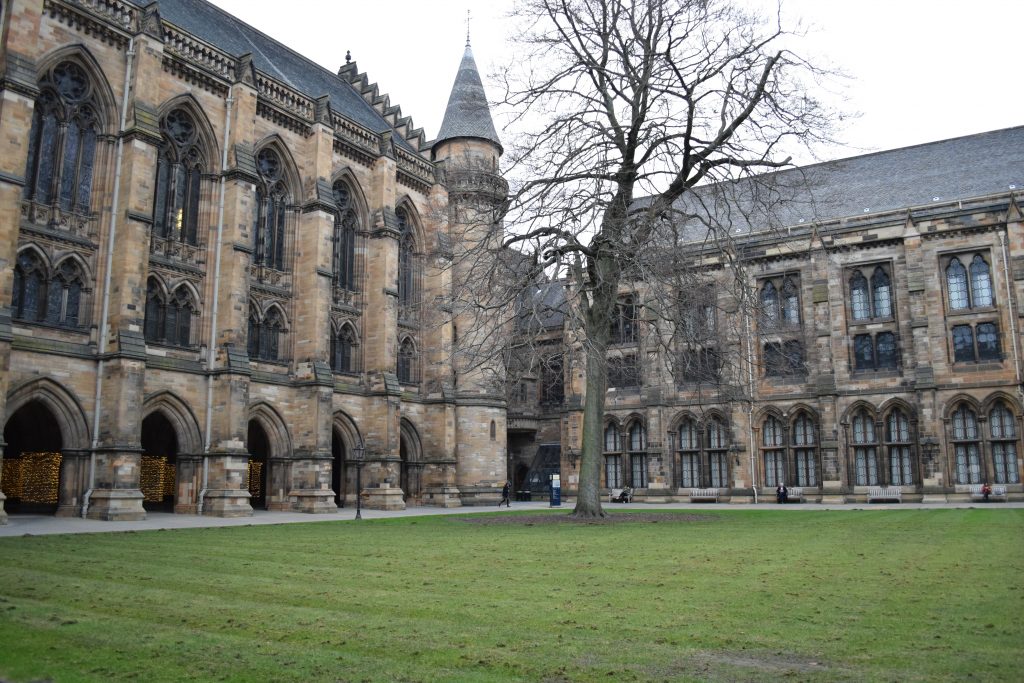 There is a students habit of putting traffic cones on the heads of all statues.
There is a students habit of putting traffic cones on the heads of all statues.
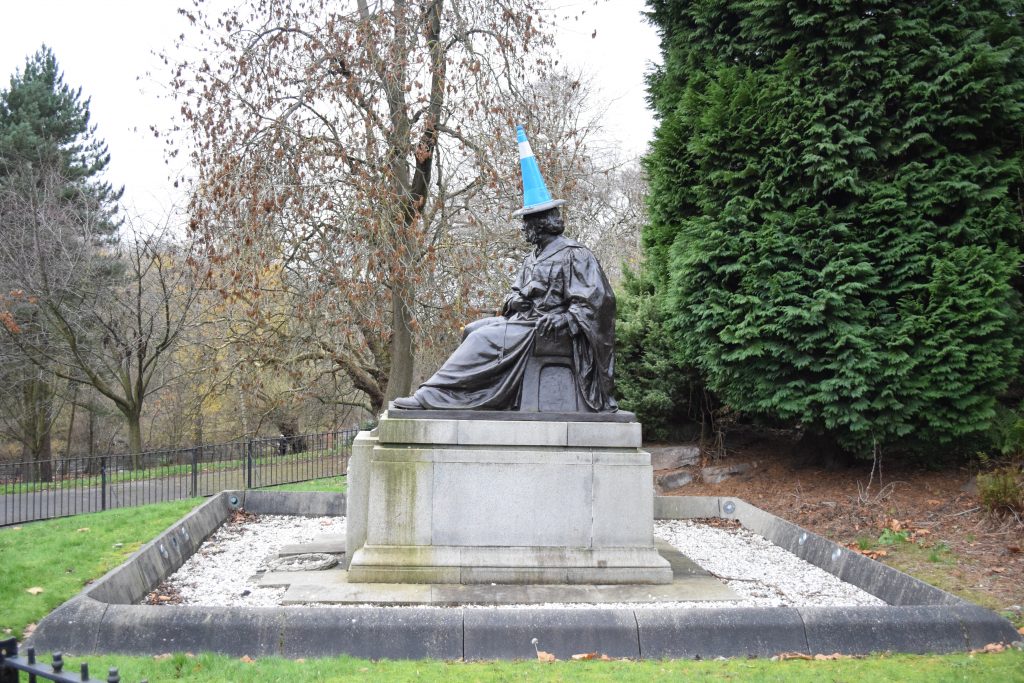 Then Susan guided us through the Art Gallery, a magical red brick building. There were different exhibitions, about the history of Glasgow, as well as medieval Dutch paintings and much more.
Then Susan guided us through the Art Gallery, a magical red brick building. There were different exhibitions, about the history of Glasgow, as well as medieval Dutch paintings and much more.
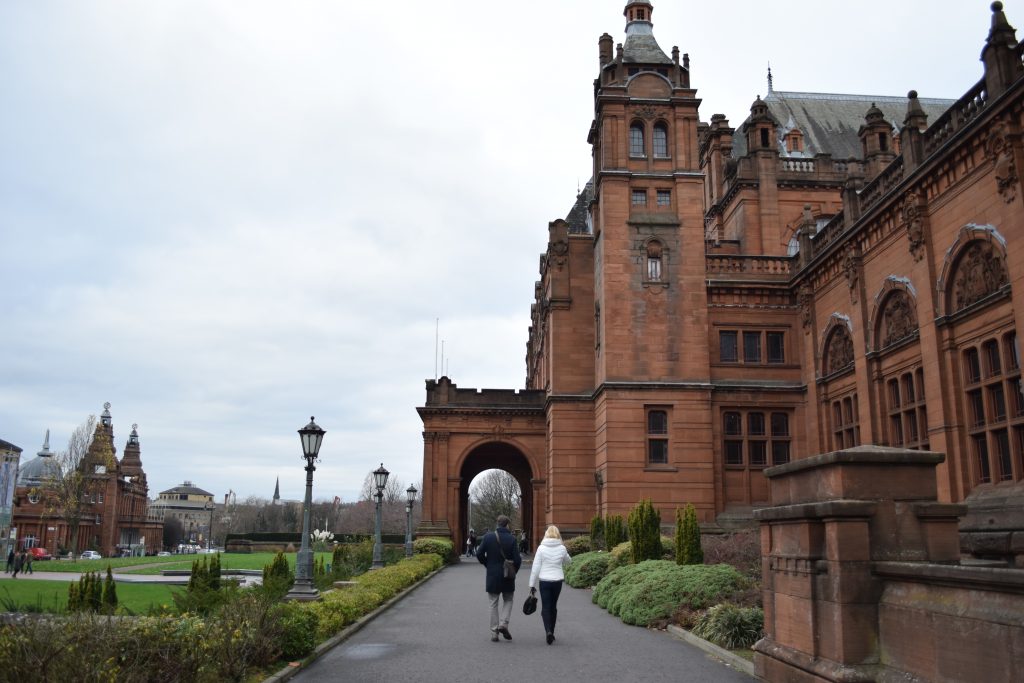
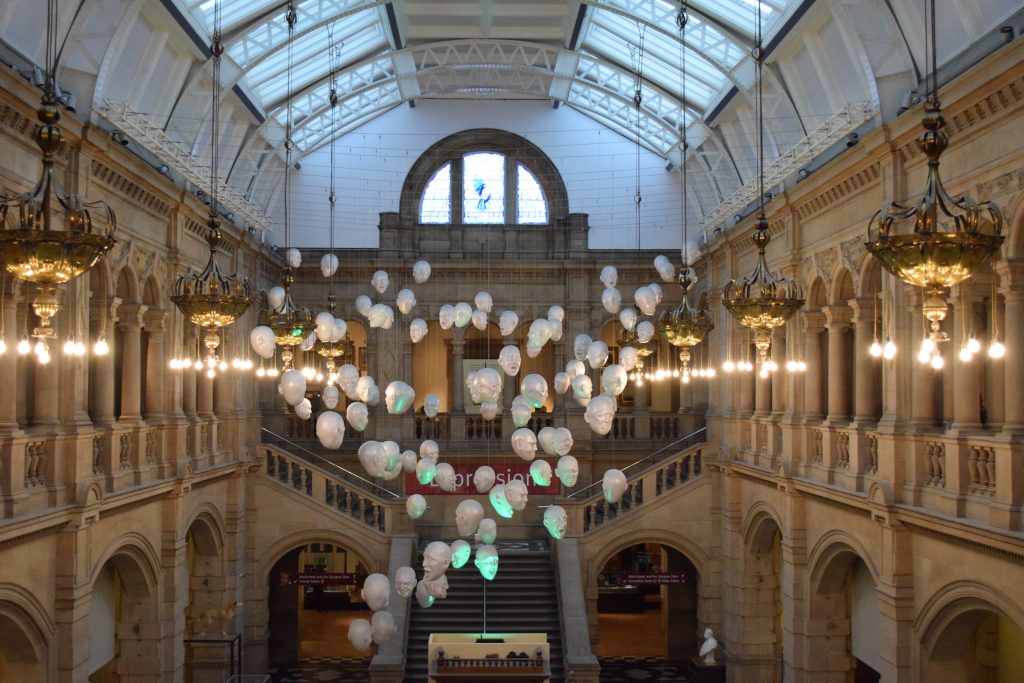
In the 1800’s Glasgow became a world center for industrial manufacturing and export. With the development of the iron and steel industries the city grew famous for heavy engineering goods as locomotives and ships. Household and luxury goods were also made and exported.
I loved the explanation with this painting. First try to make a guess yourself!
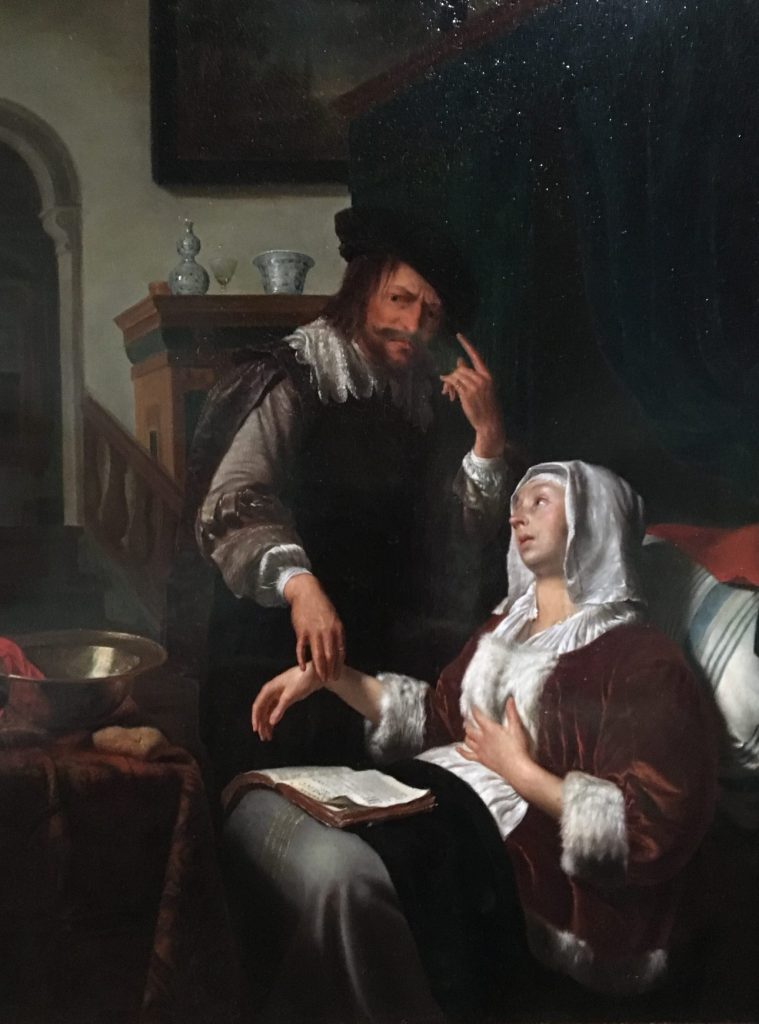 The painting is called “The Doctor’s Visit” by Frans van Mieris the Elder in 1657: “The pale woman in this painting is suffering from lovesickness – a medical condition thought to be cured by reading the Old Testament, which is lying open on her lap. An elaborate-dressed doctor takes her pulse. He points to his head, indicating that her affliction is ill in her mind. Doctors were sources of humor at the time – ‘quack’ doctors (for the Dutch speaking, we know the word ‘kwakzalver’) were thought to fool their patients with false and theatrical diagnoses.”
The painting is called “The Doctor’s Visit” by Frans van Mieris the Elder in 1657: “The pale woman in this painting is suffering from lovesickness – a medical condition thought to be cured by reading the Old Testament, which is lying open on her lap. An elaborate-dressed doctor takes her pulse. He points to his head, indicating that her affliction is ill in her mind. Doctors were sources of humor at the time – ‘quack’ doctors (for the Dutch speaking, we know the word ‘kwakzalver’) were thought to fool their patients with false and theatrical diagnoses.”
We ended our trip with a great lunch at an Indian restaurant. Susan drove us to the airport and it was time to say goodbye. She promised us to visit Belgium soon!
Have a great weekend! Sophia



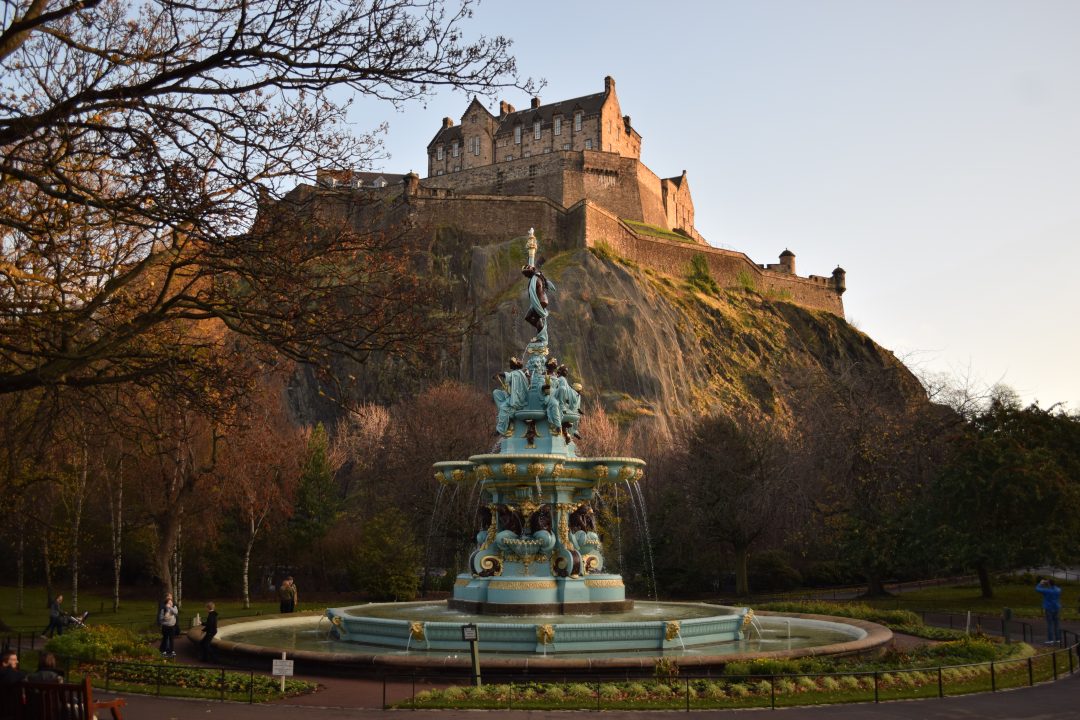
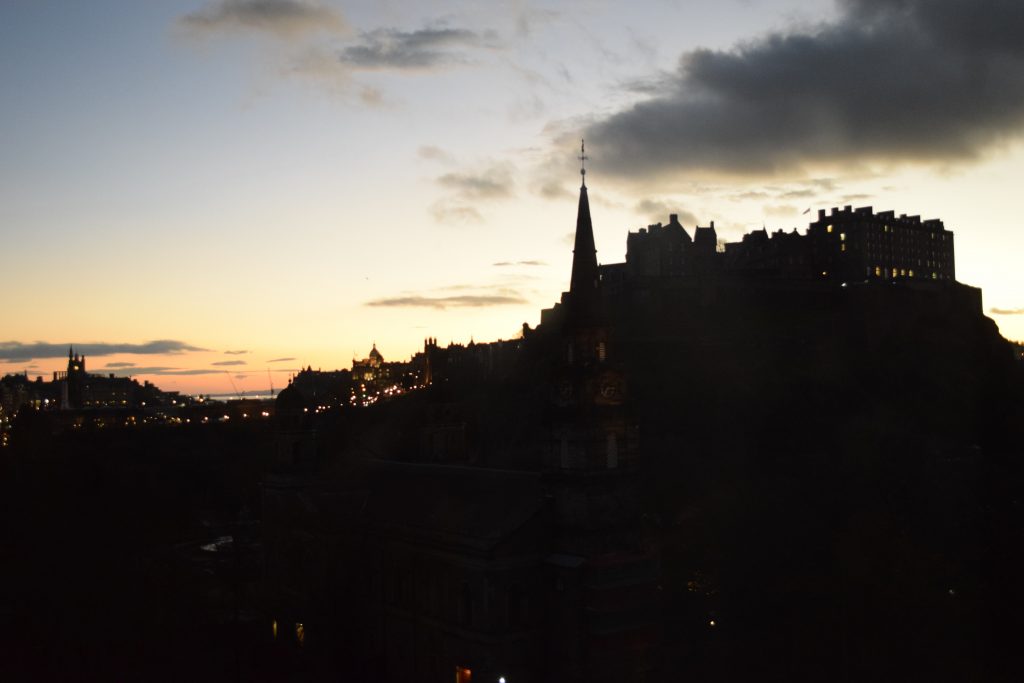

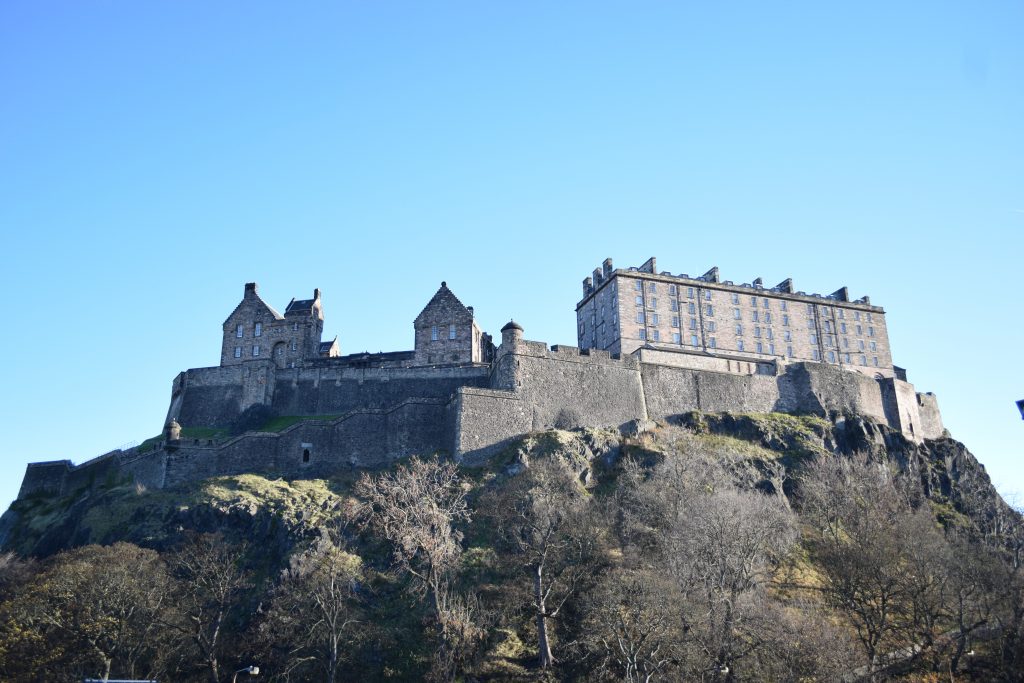
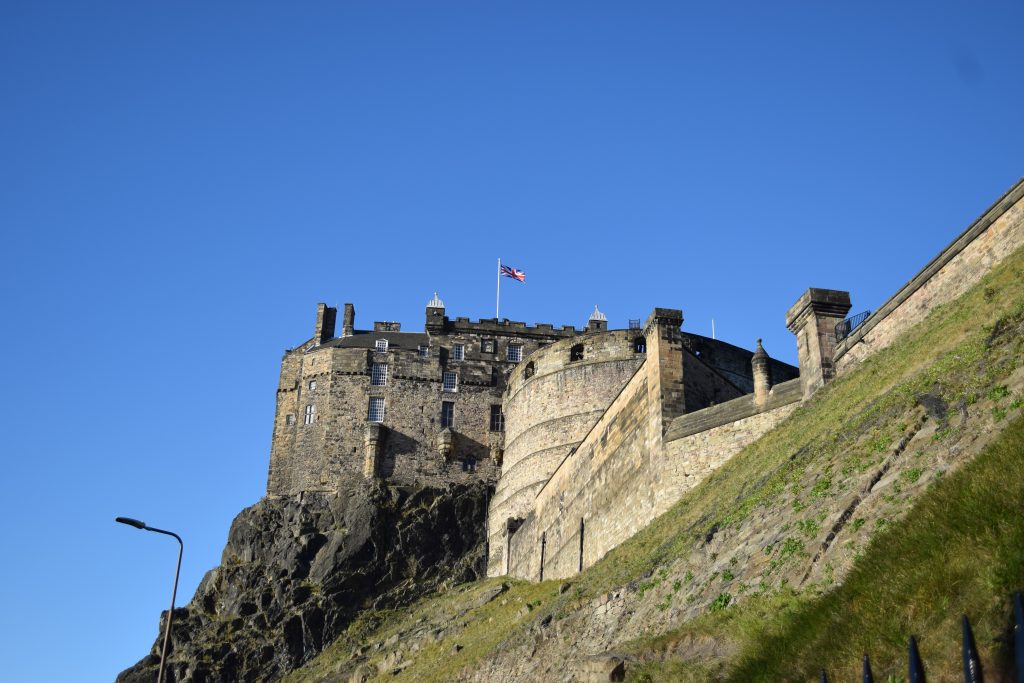
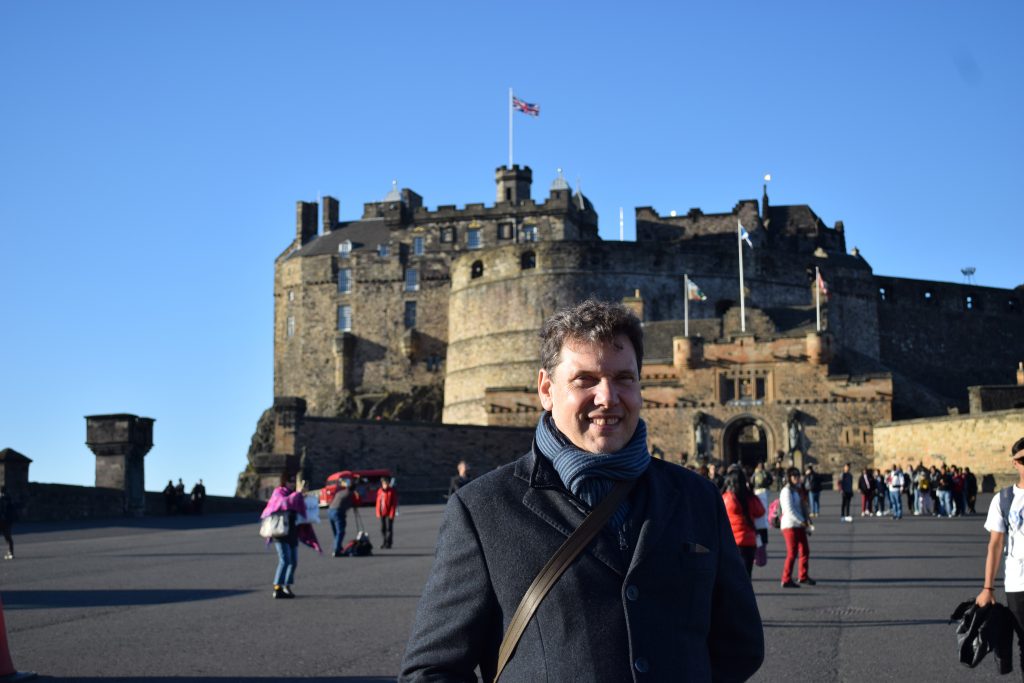
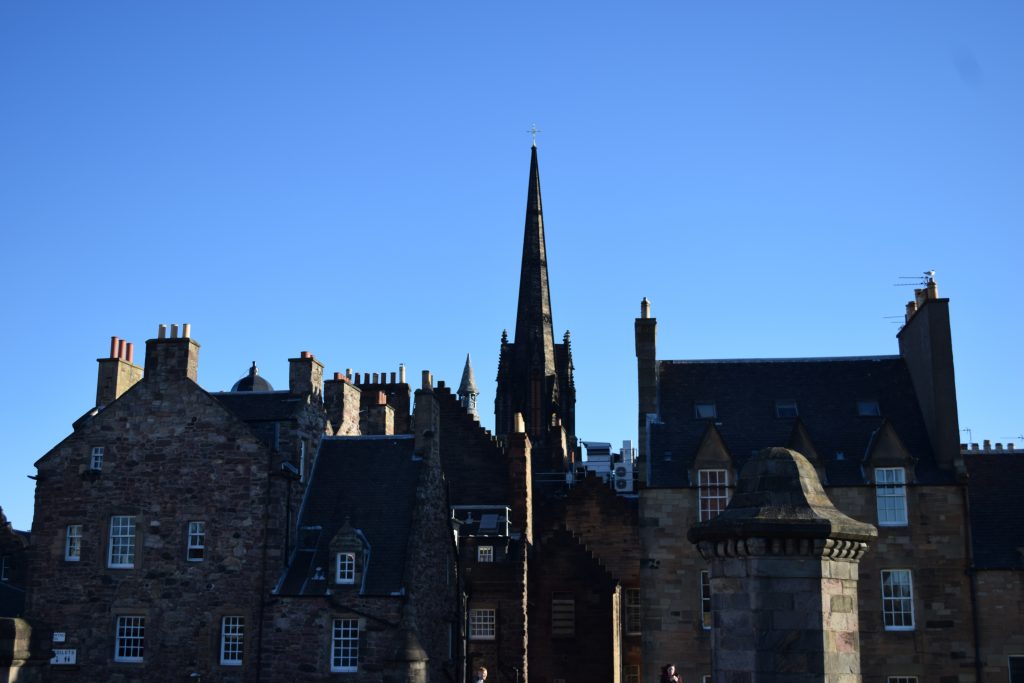
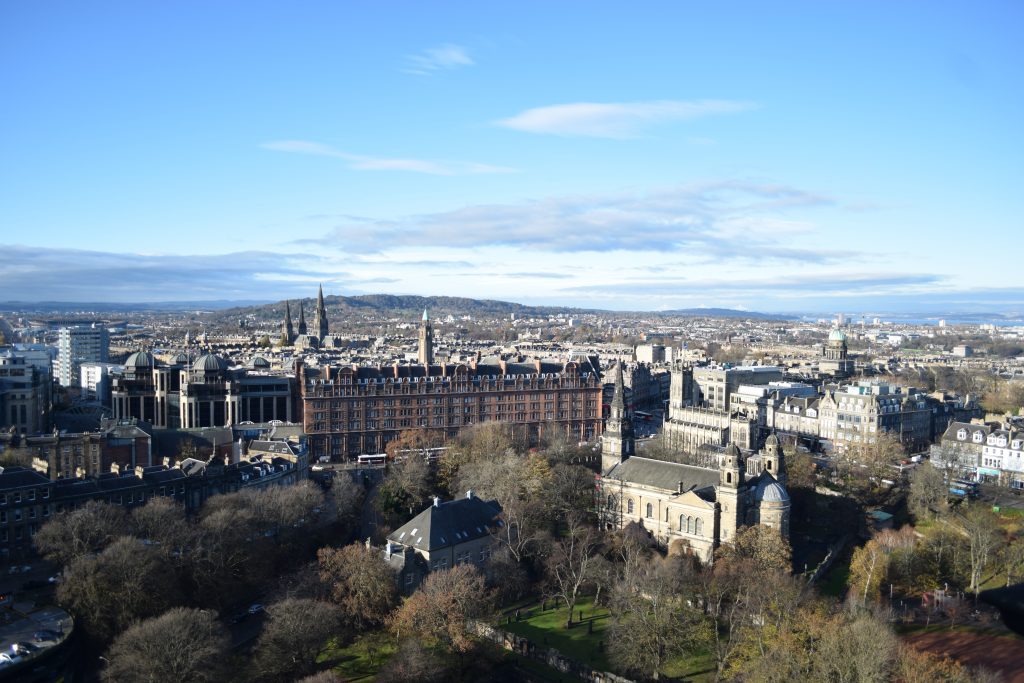
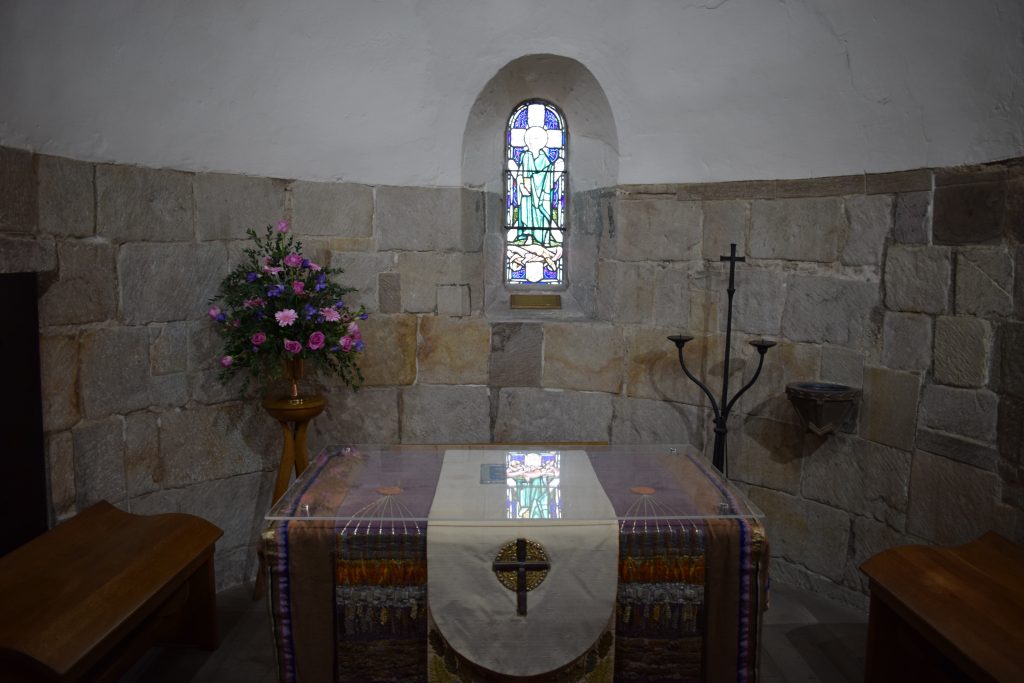

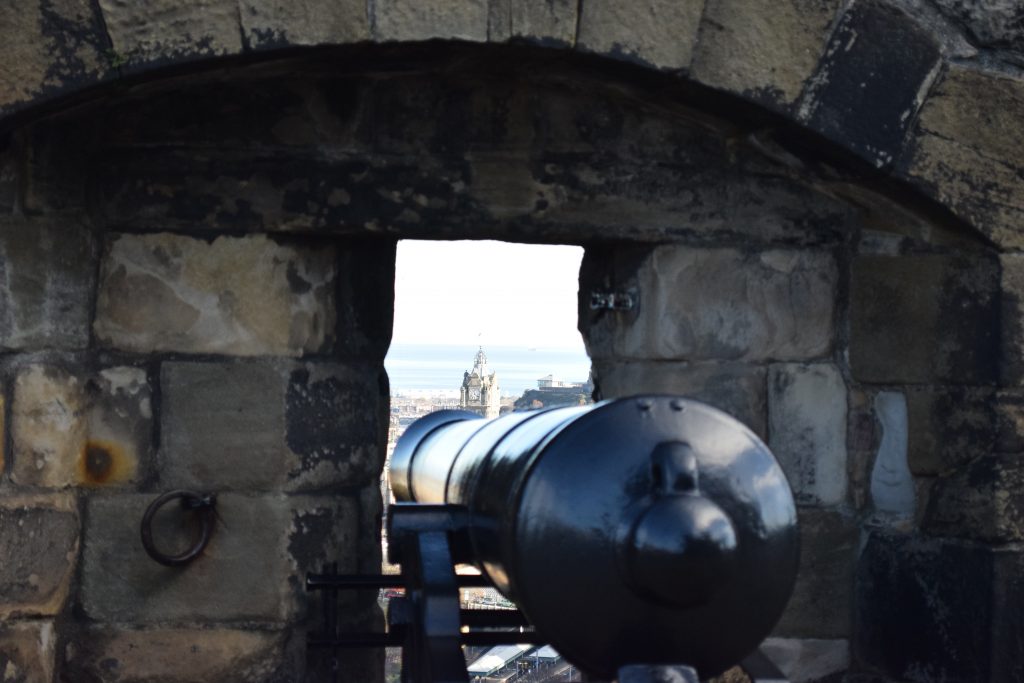
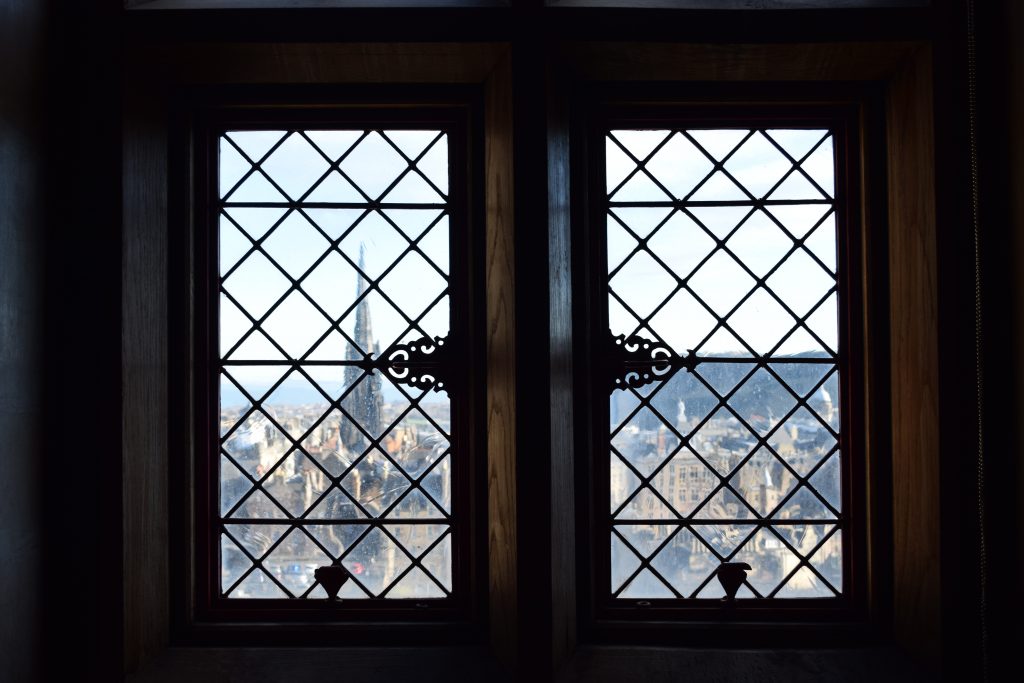
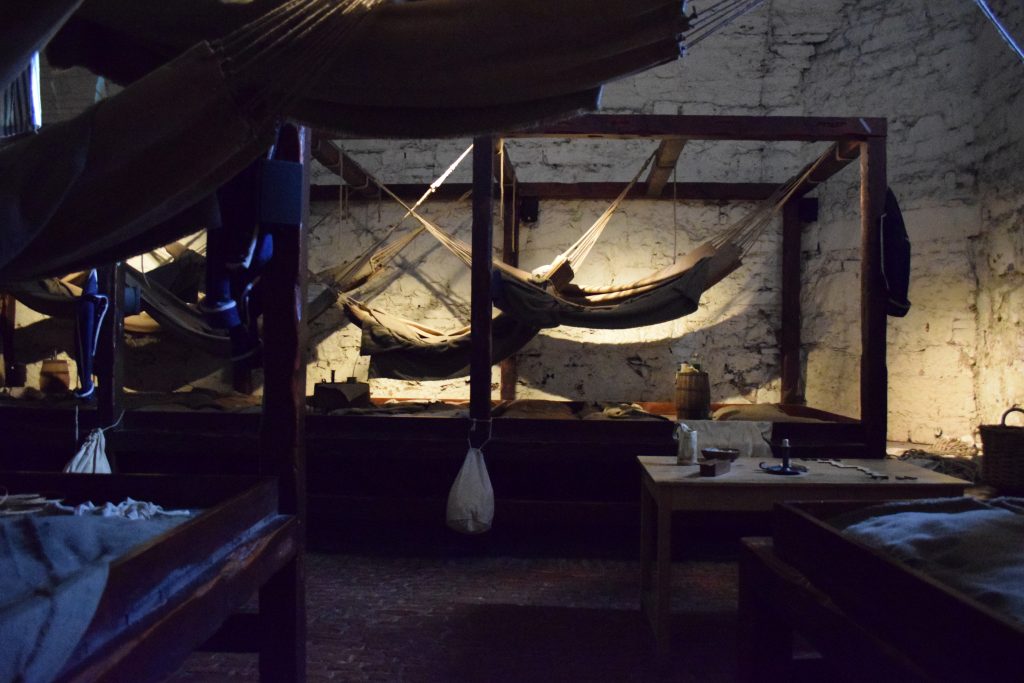
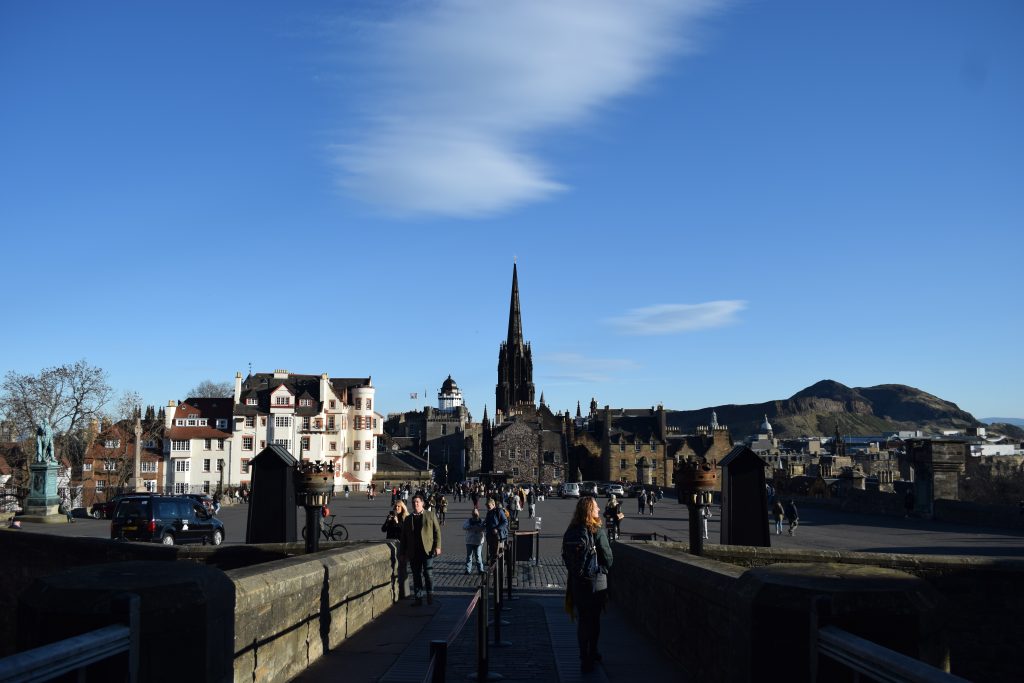
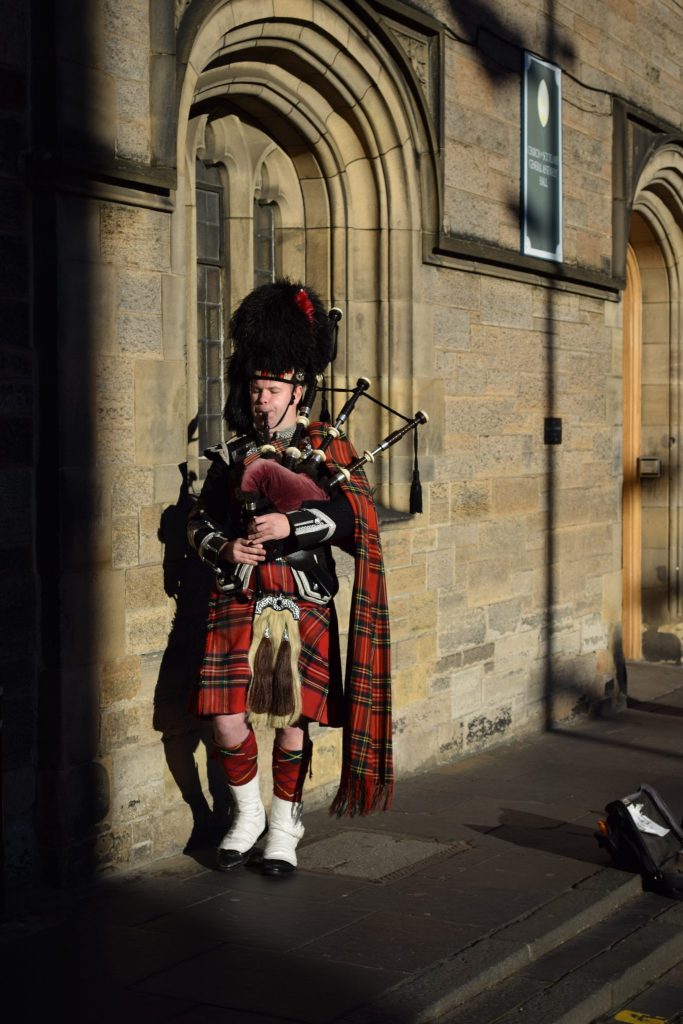

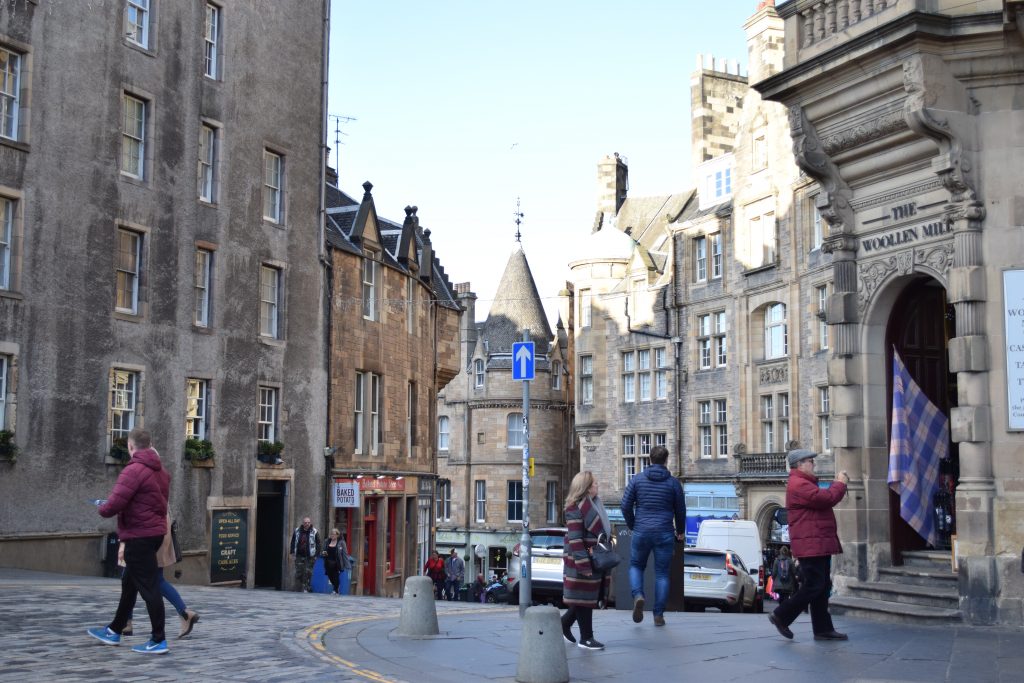
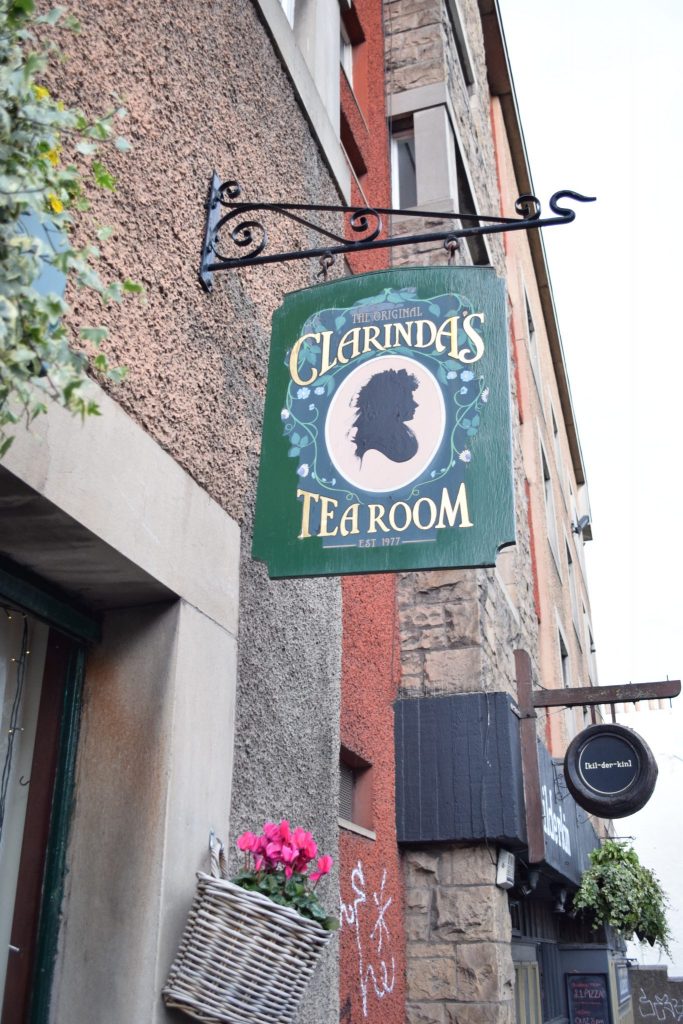
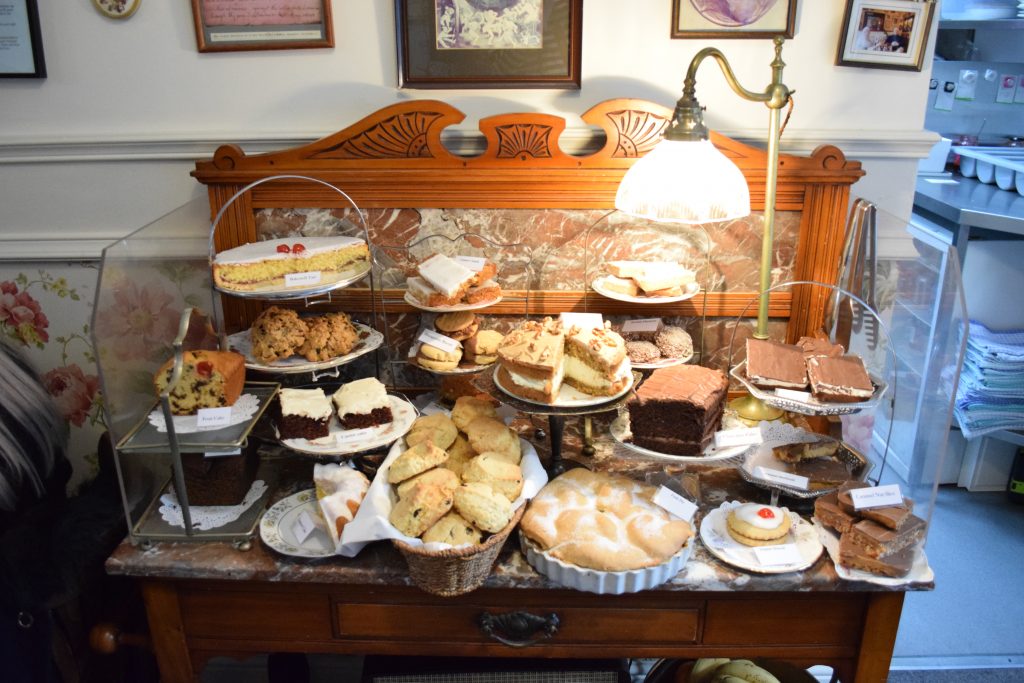
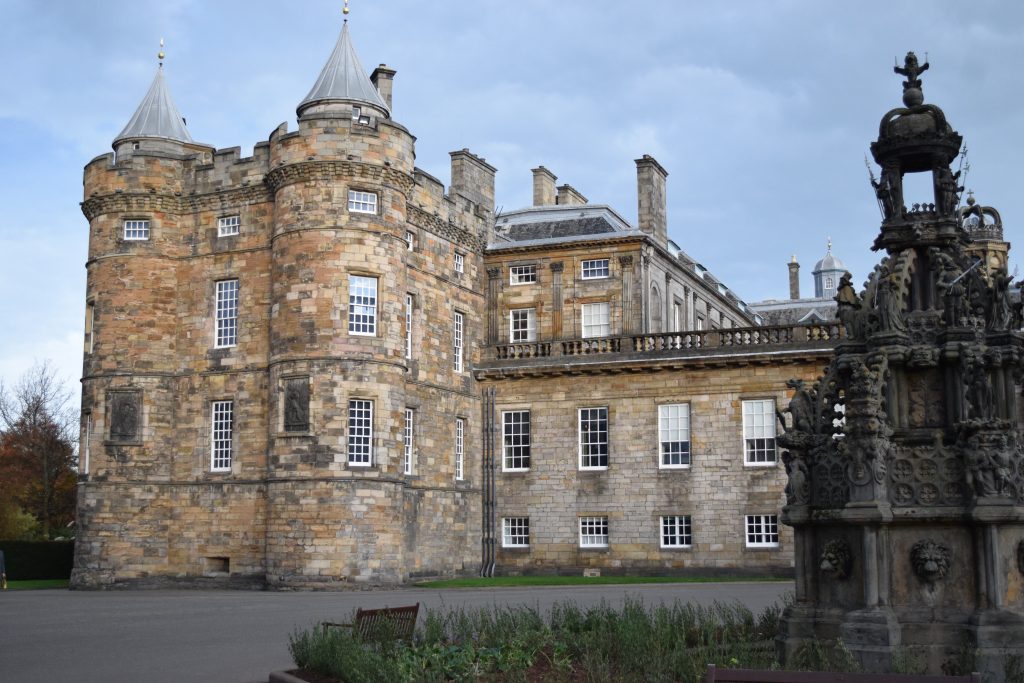
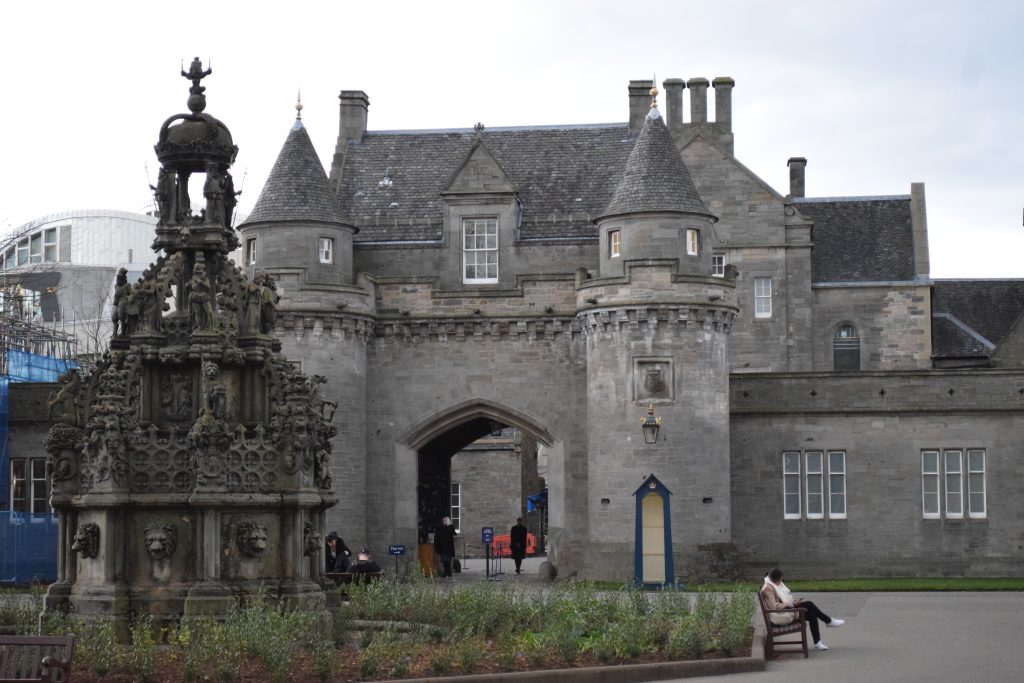
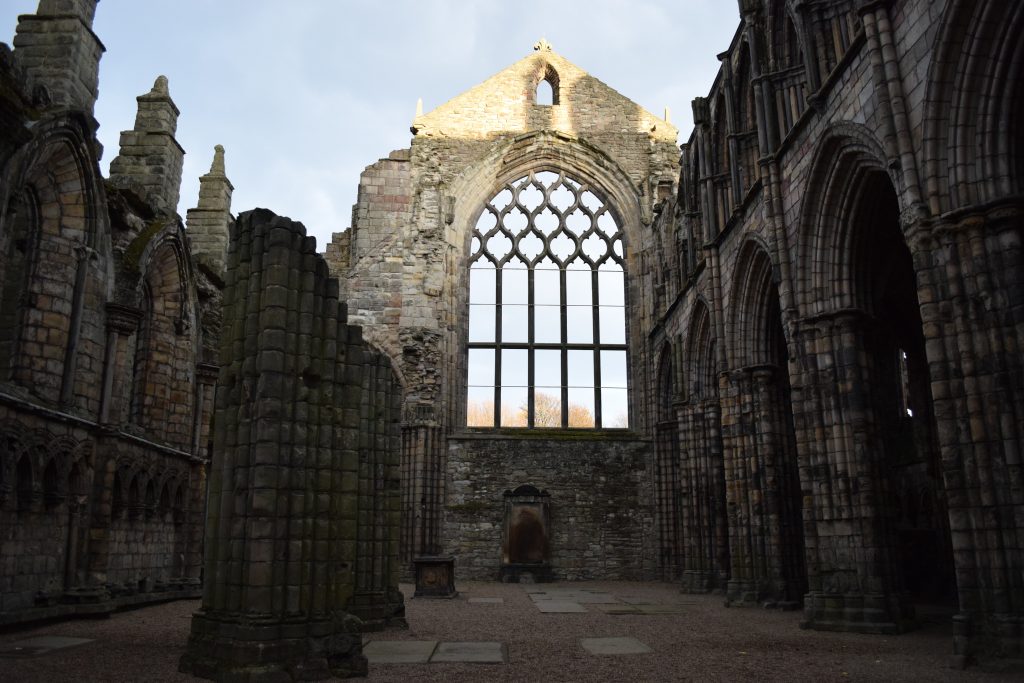
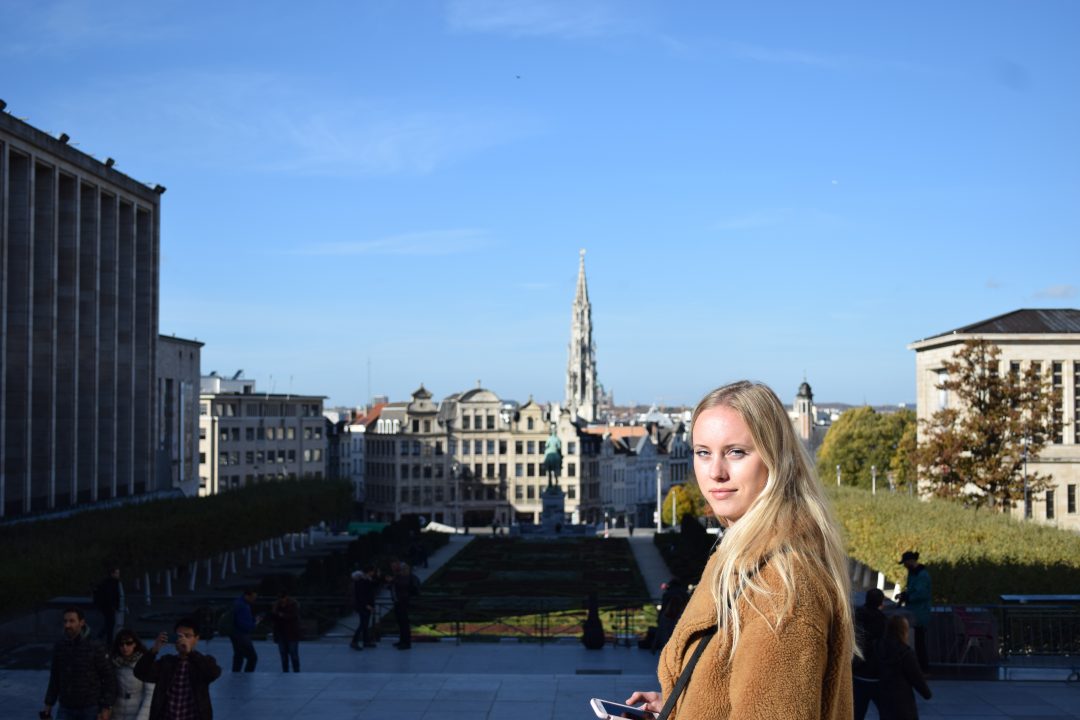
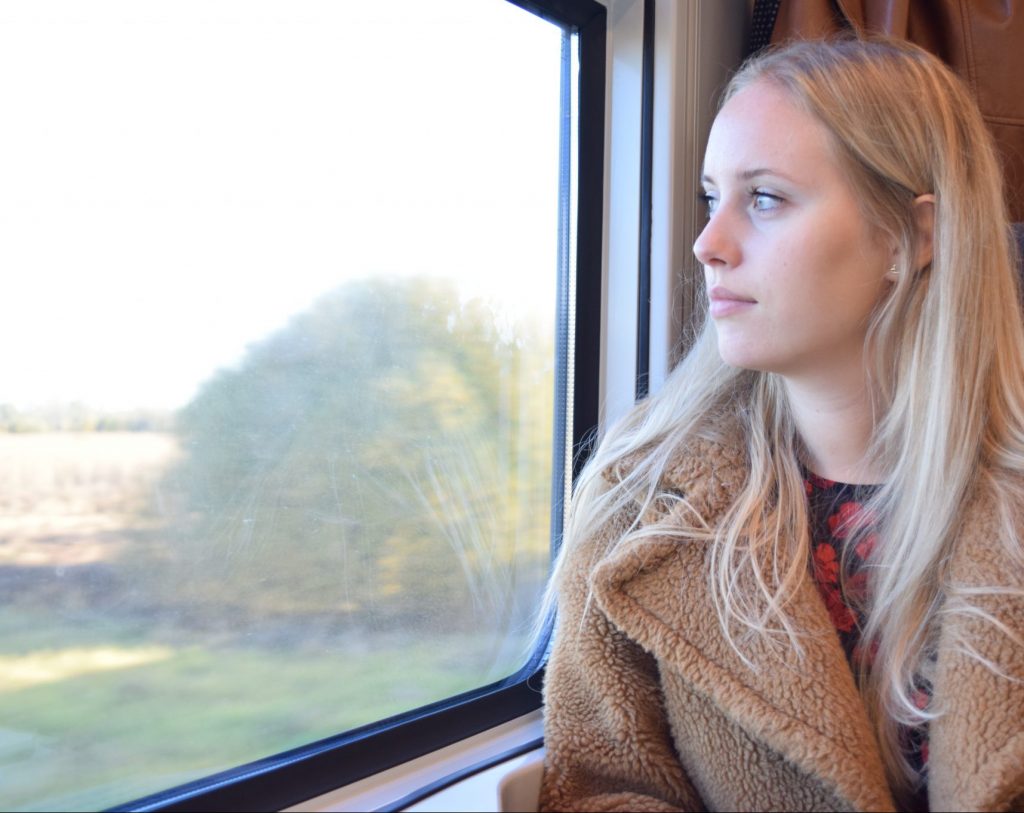
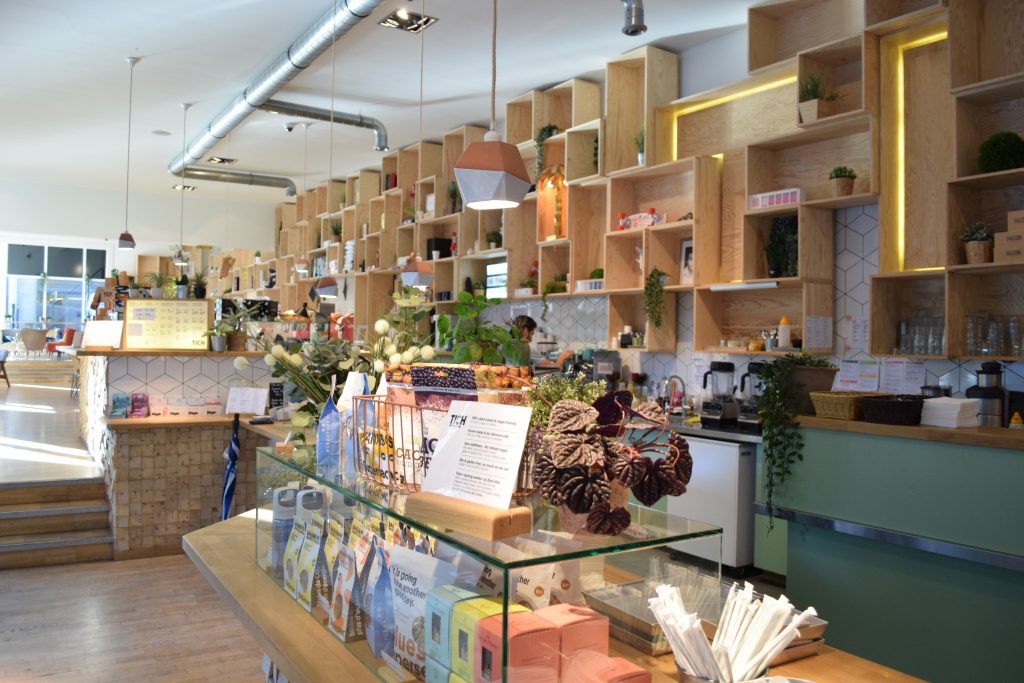
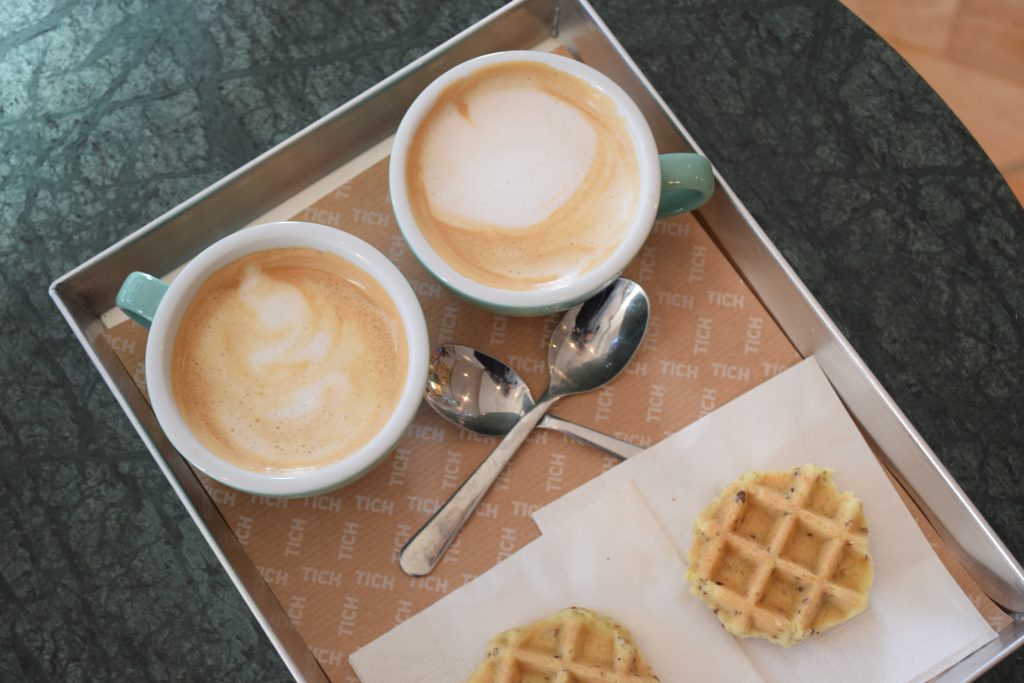
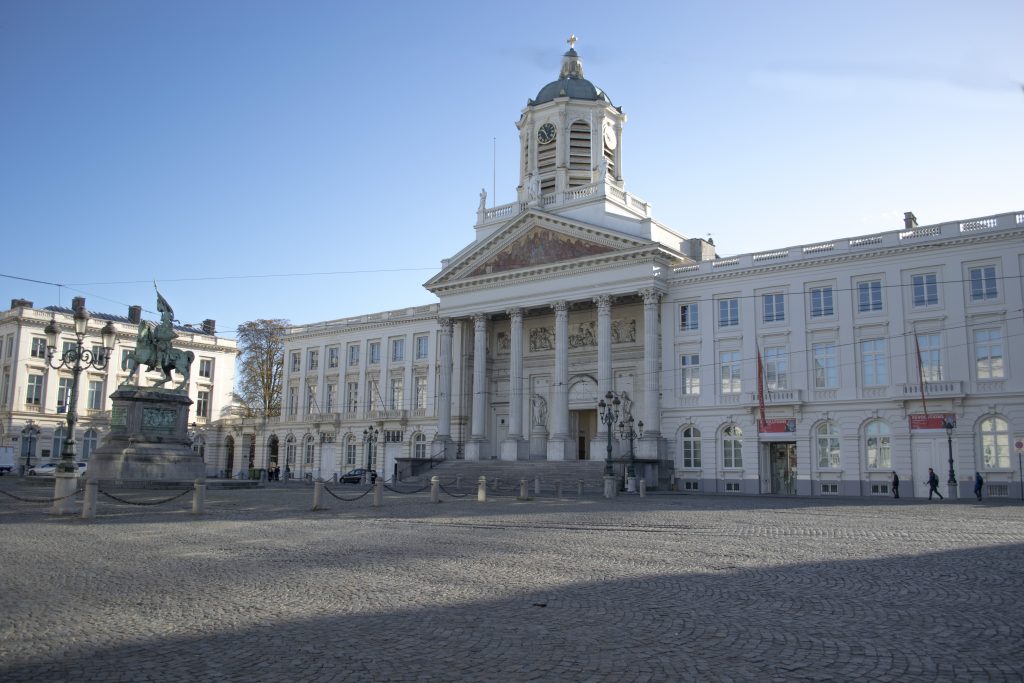
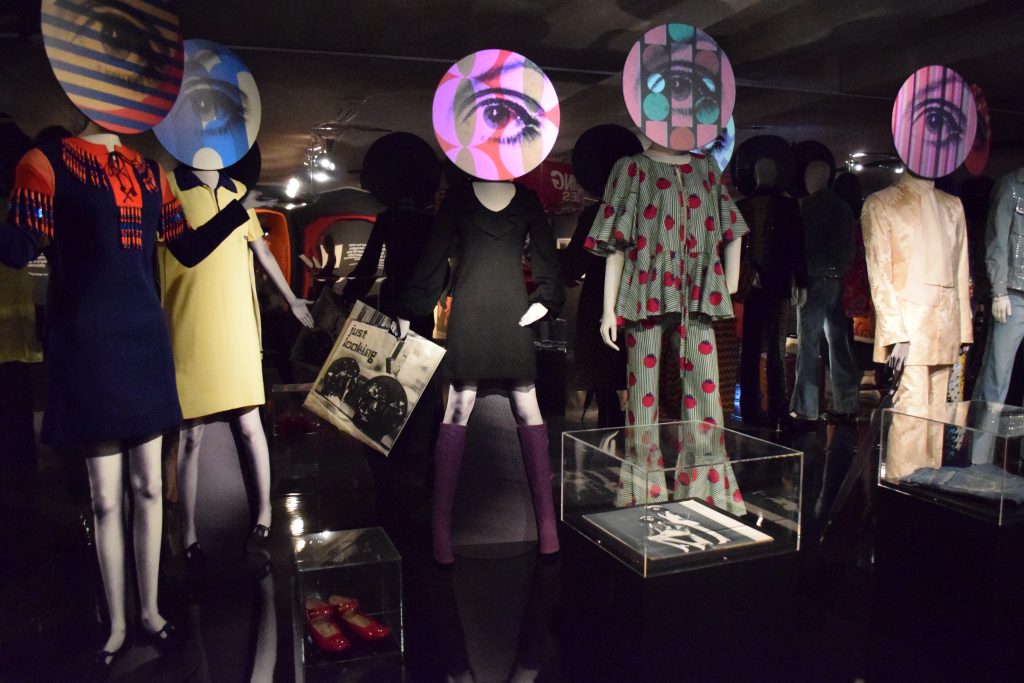
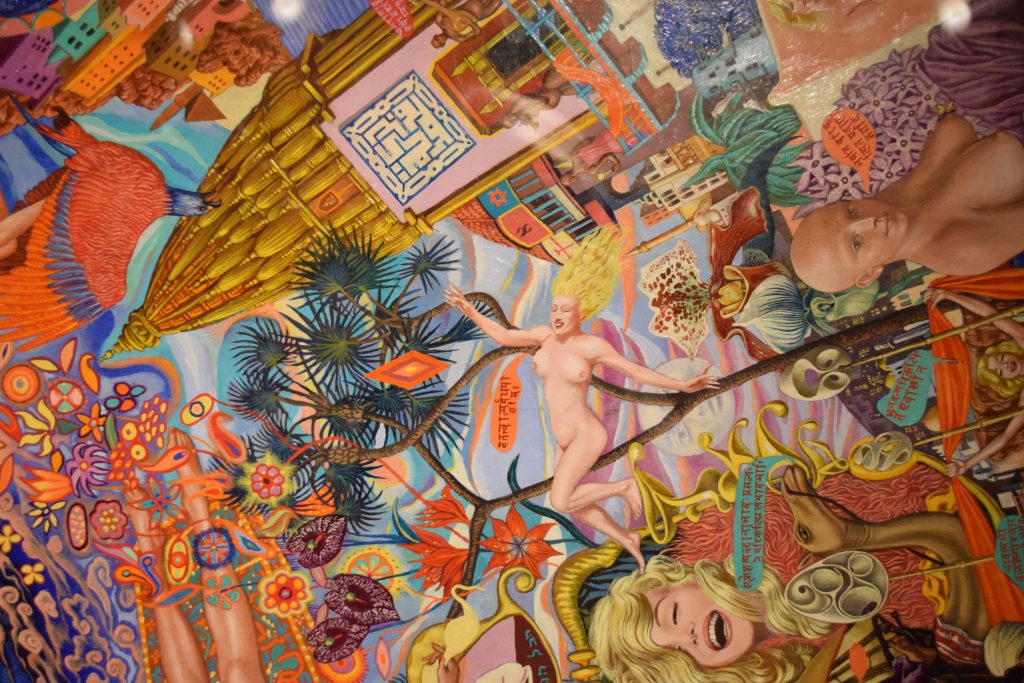
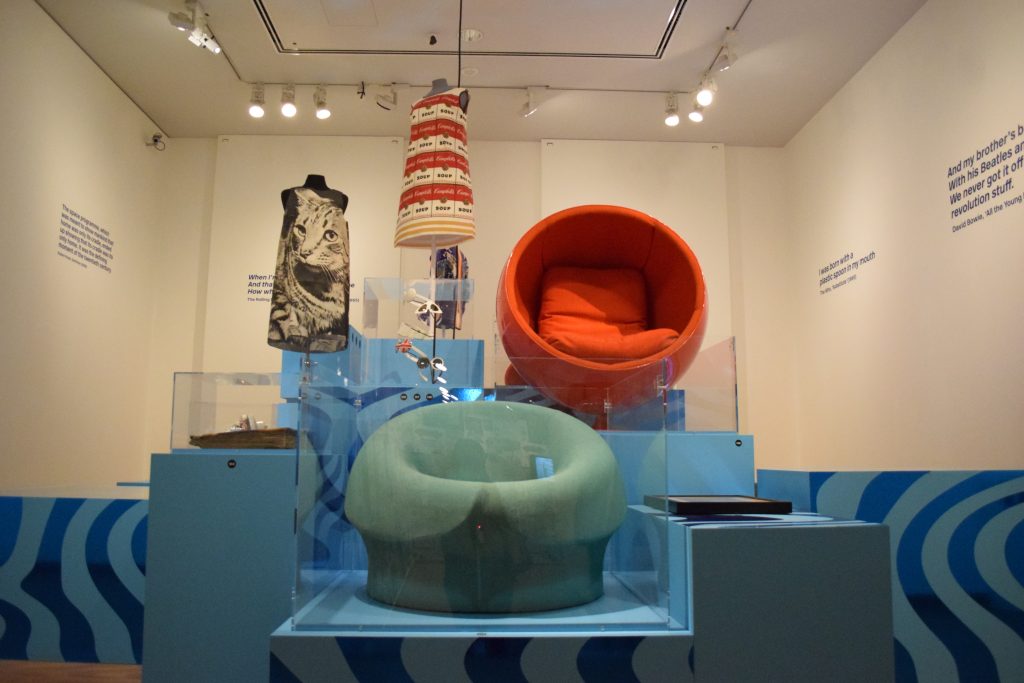
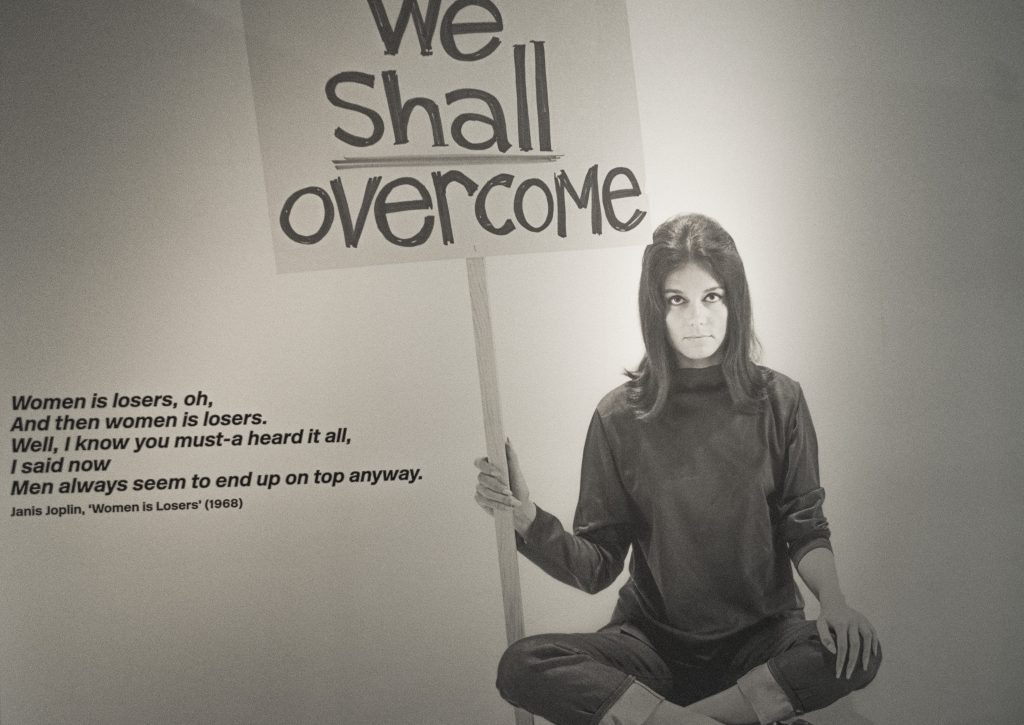
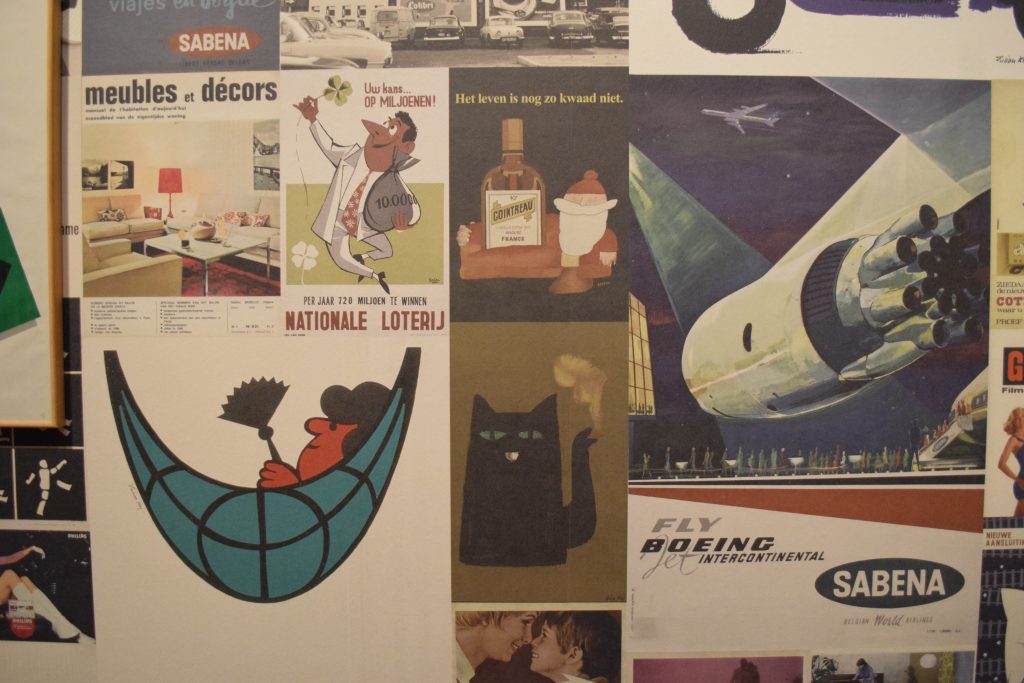
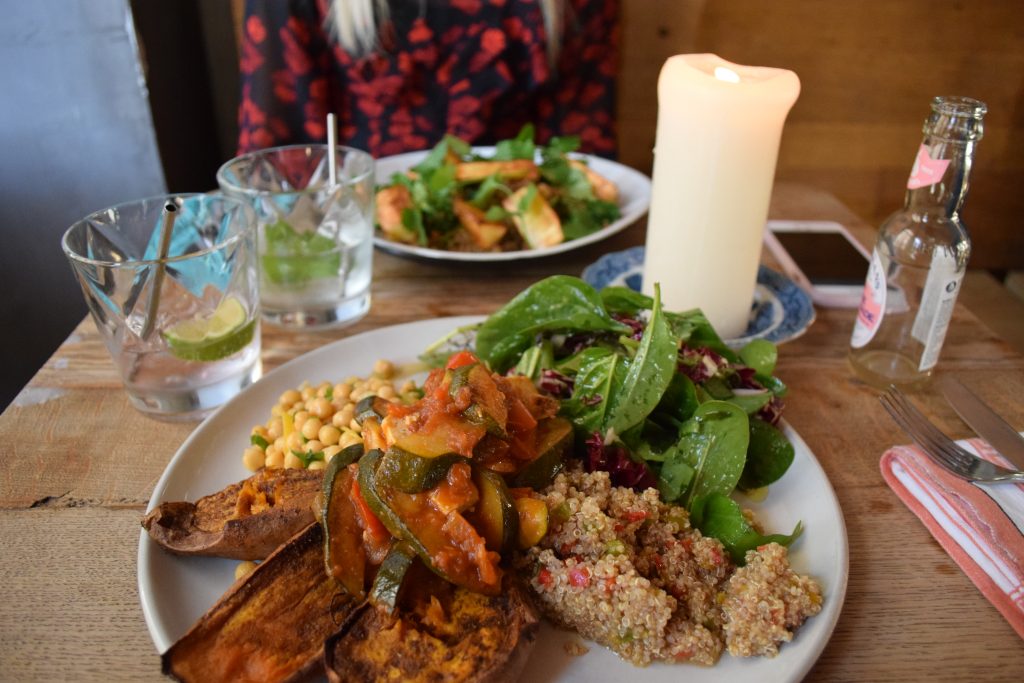
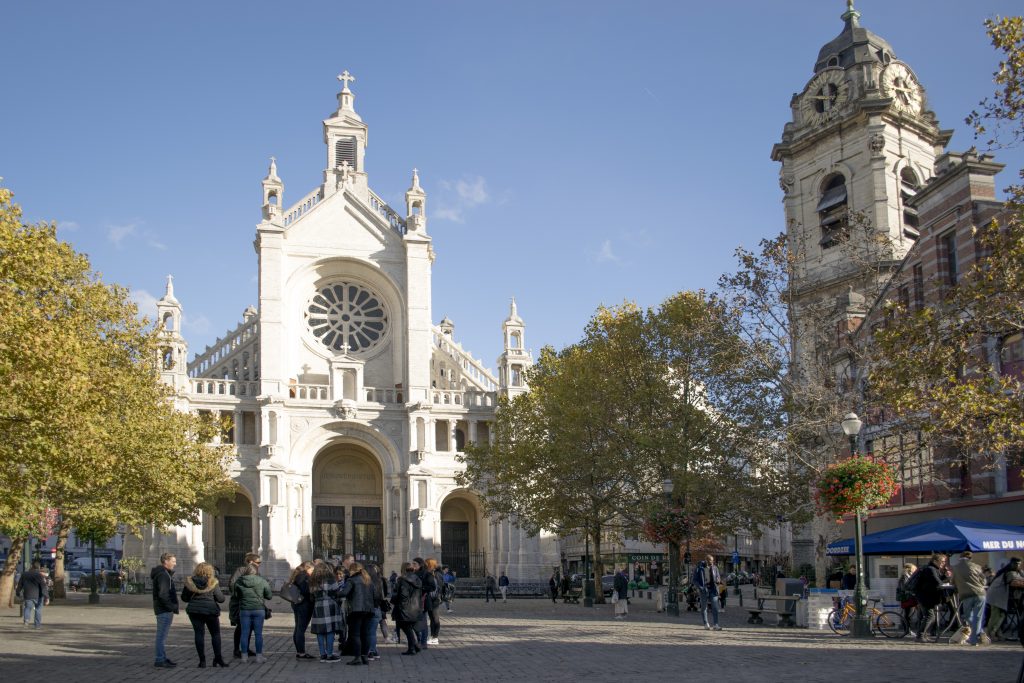
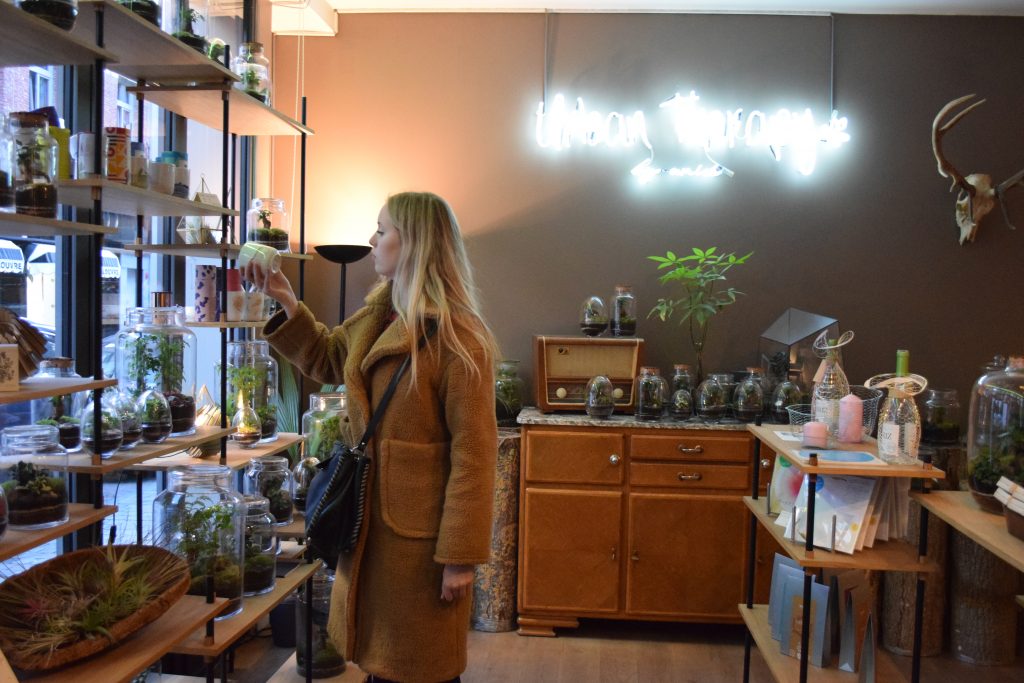
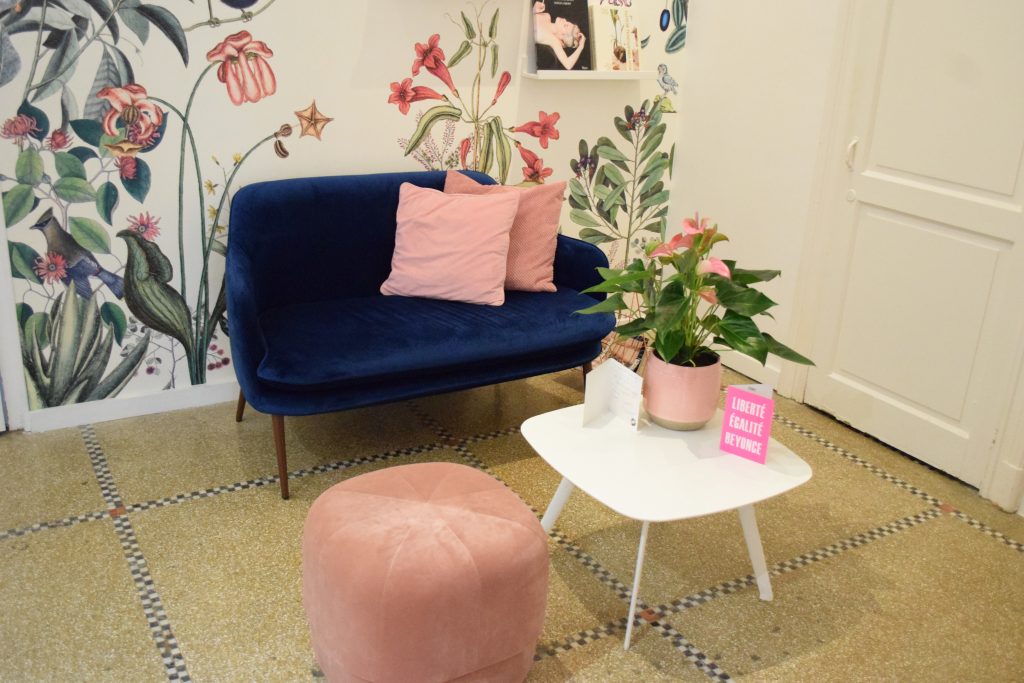

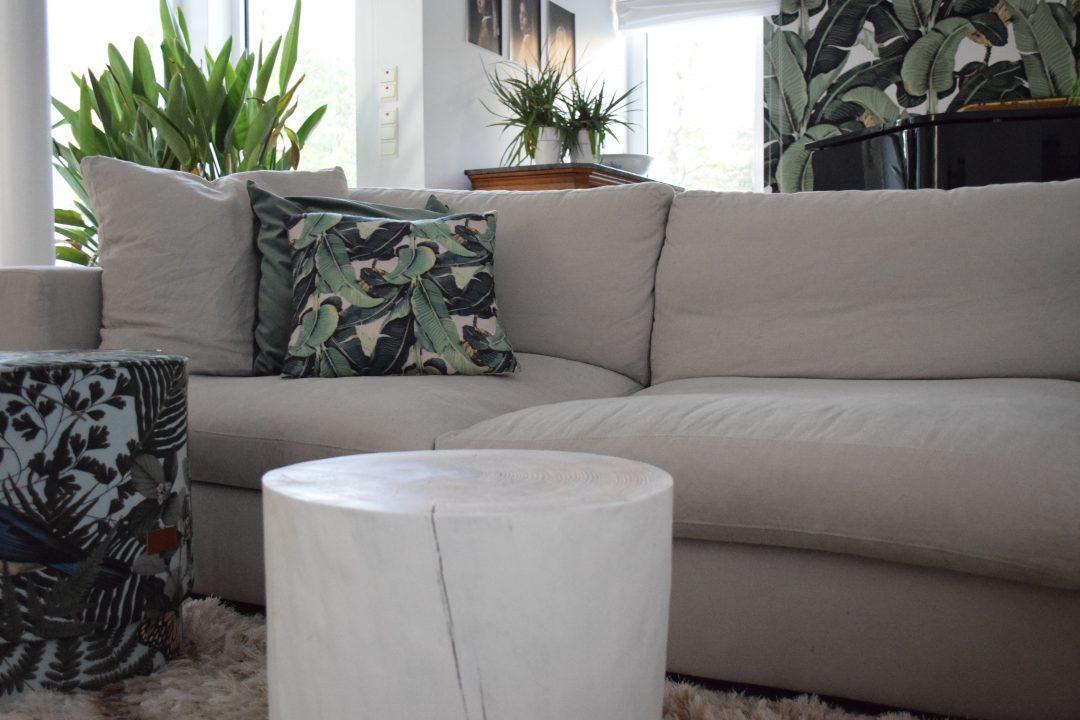
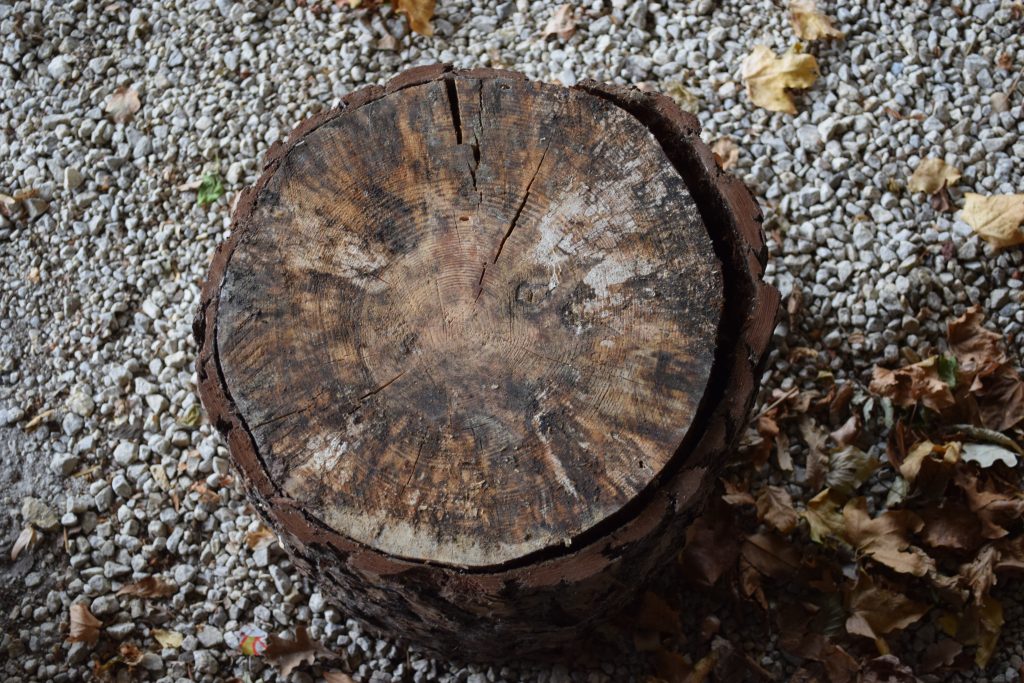
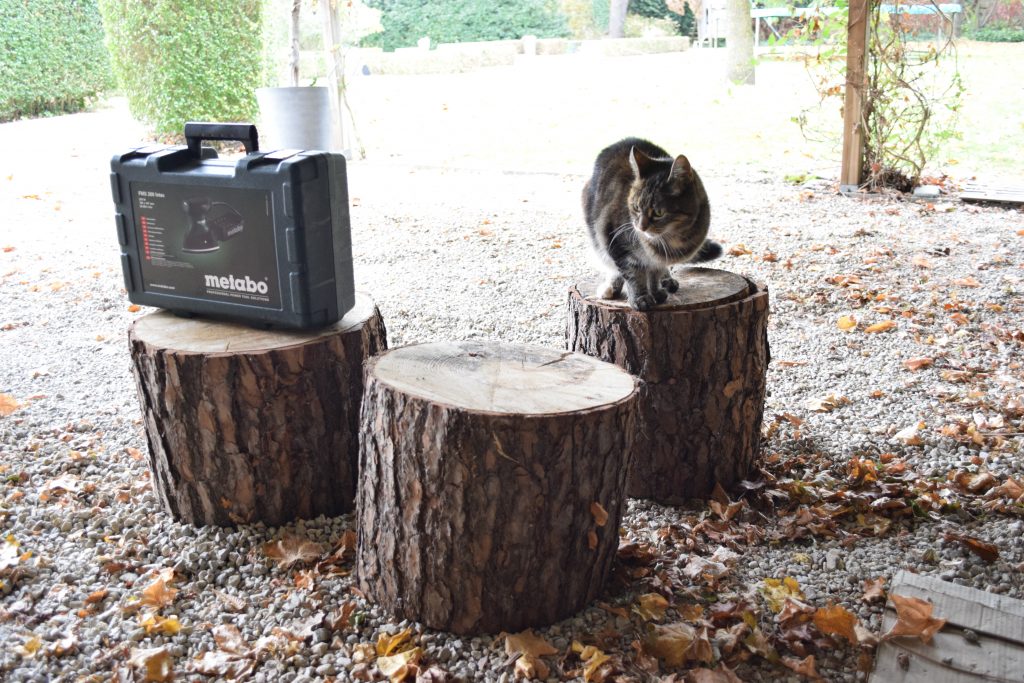
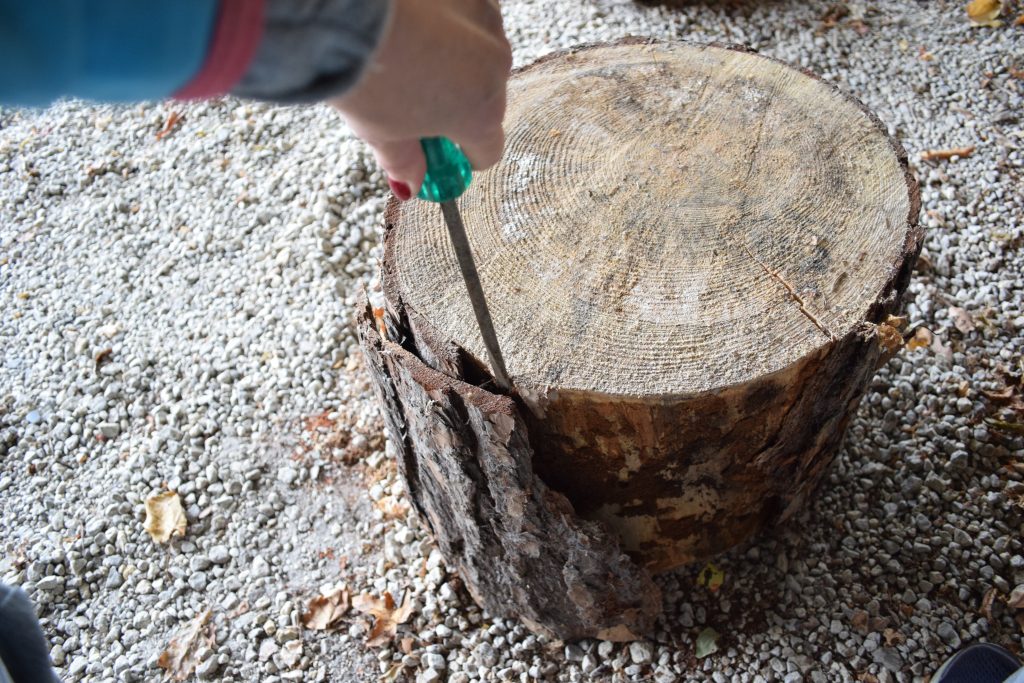
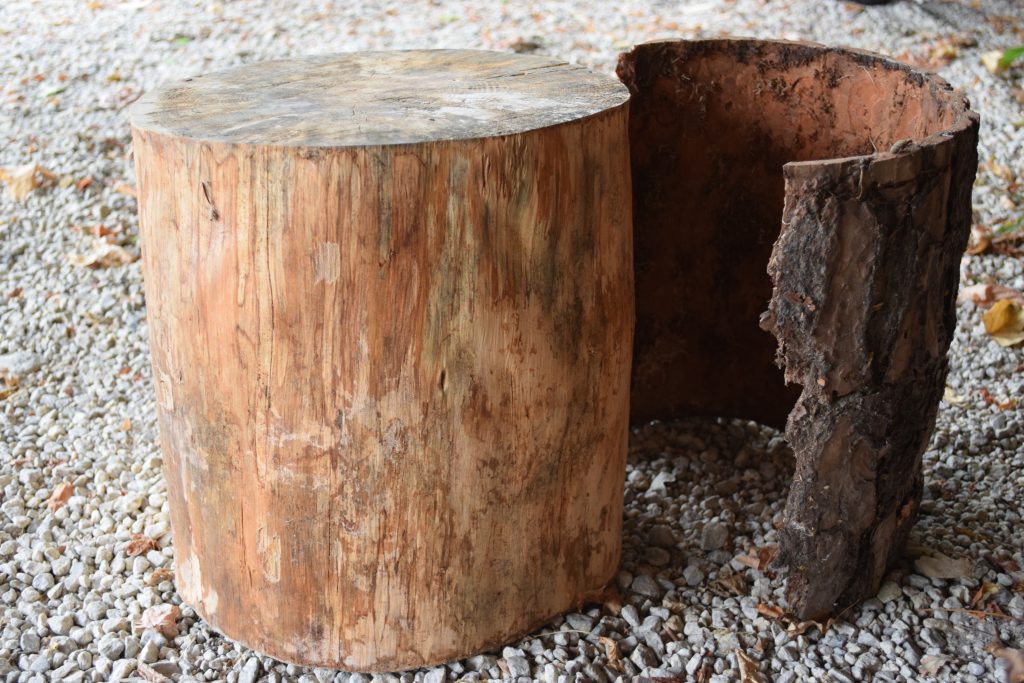


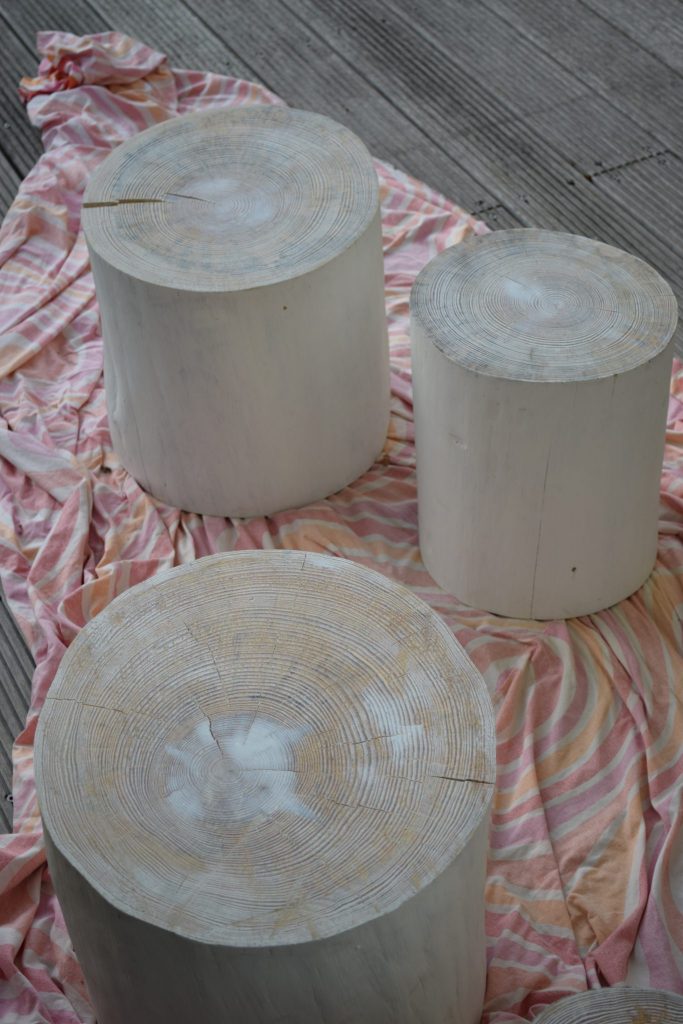

Recent Comments